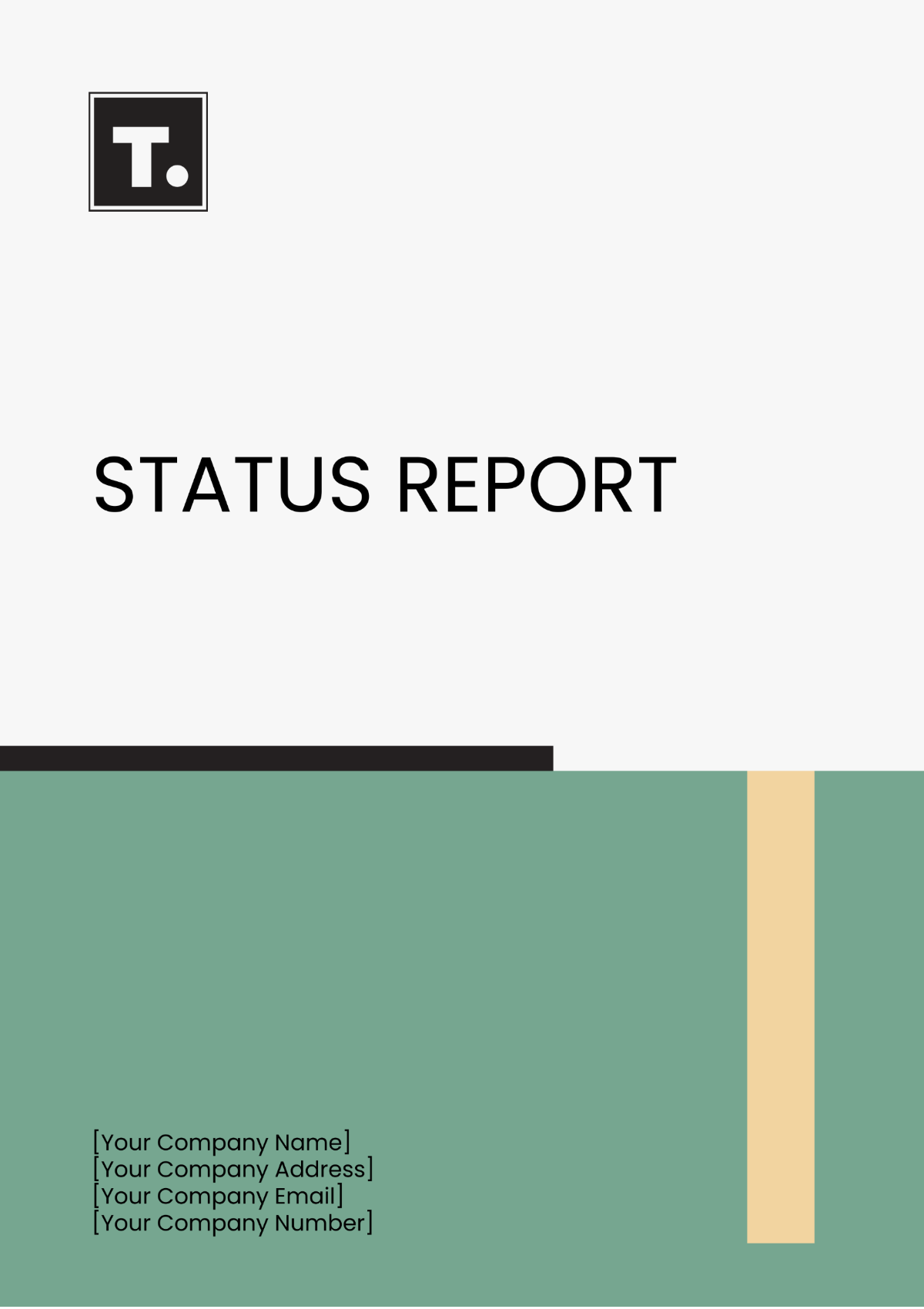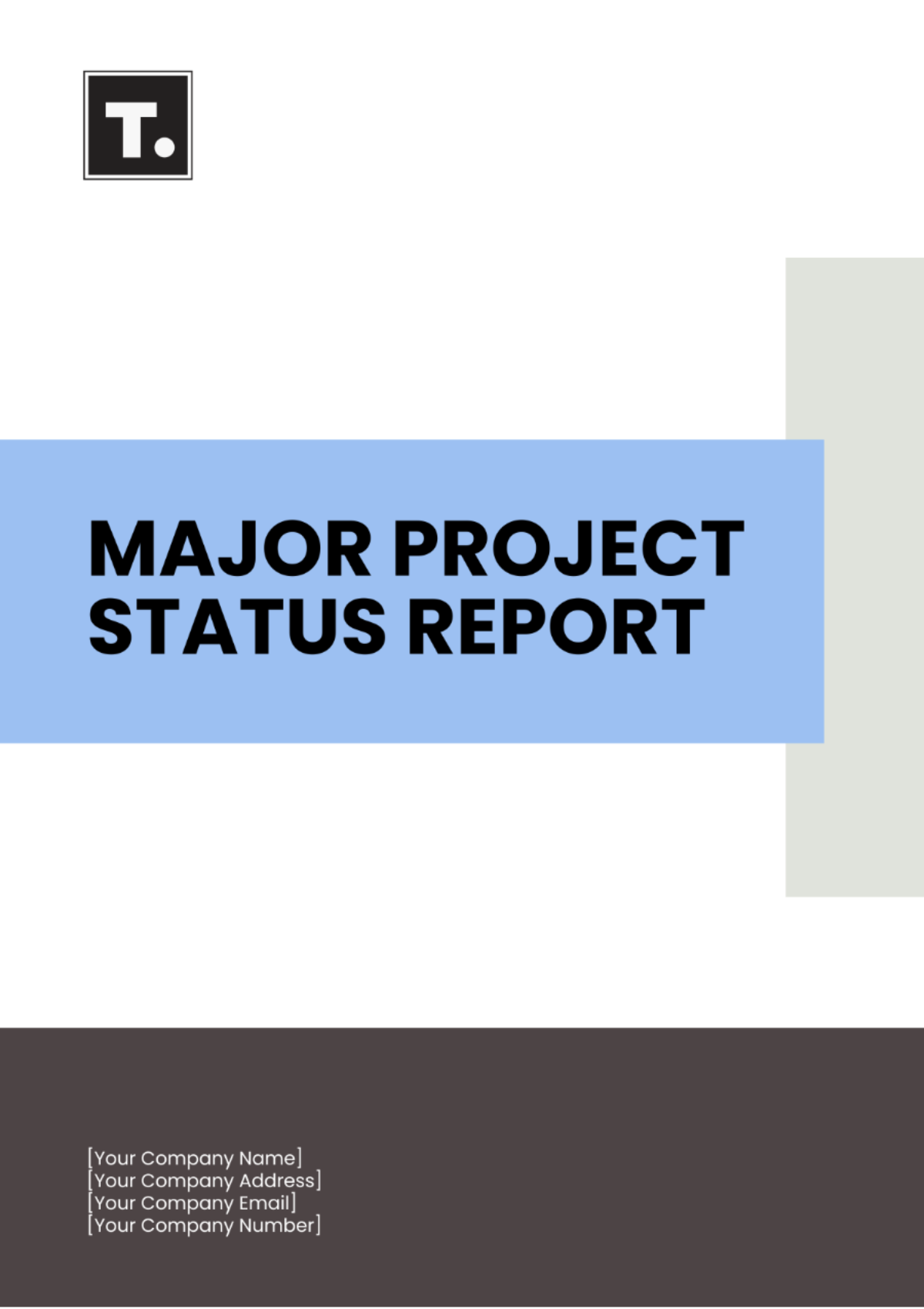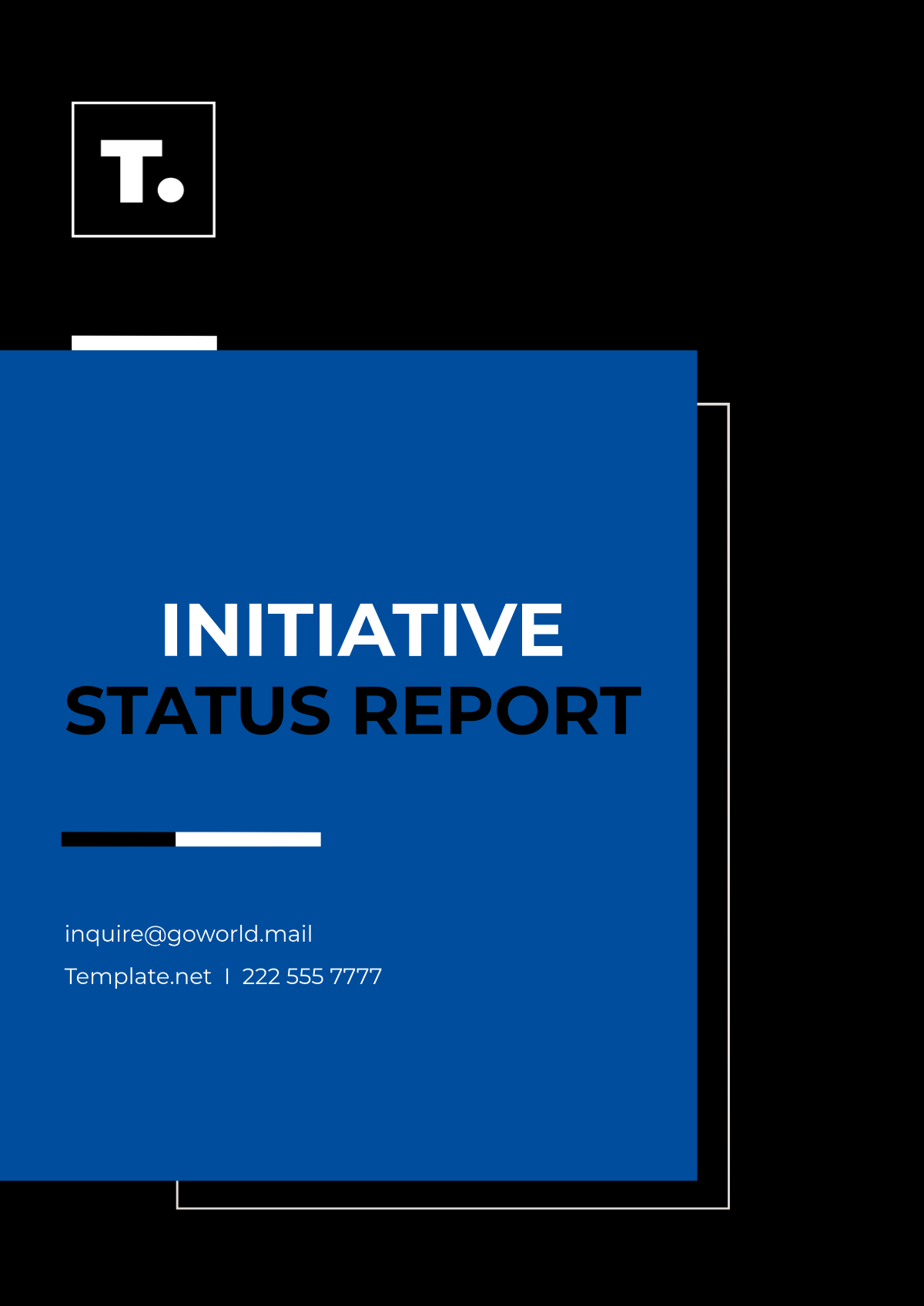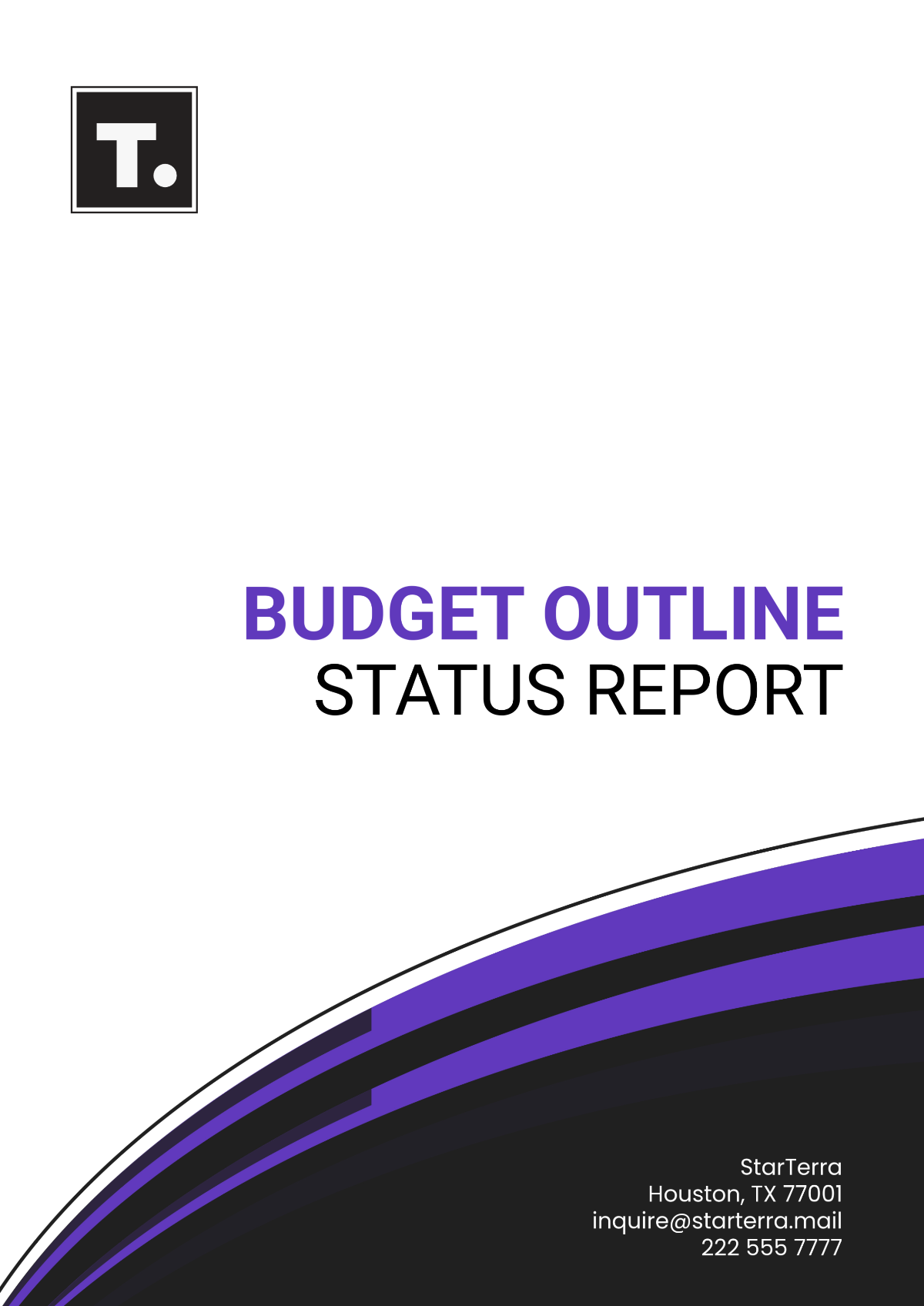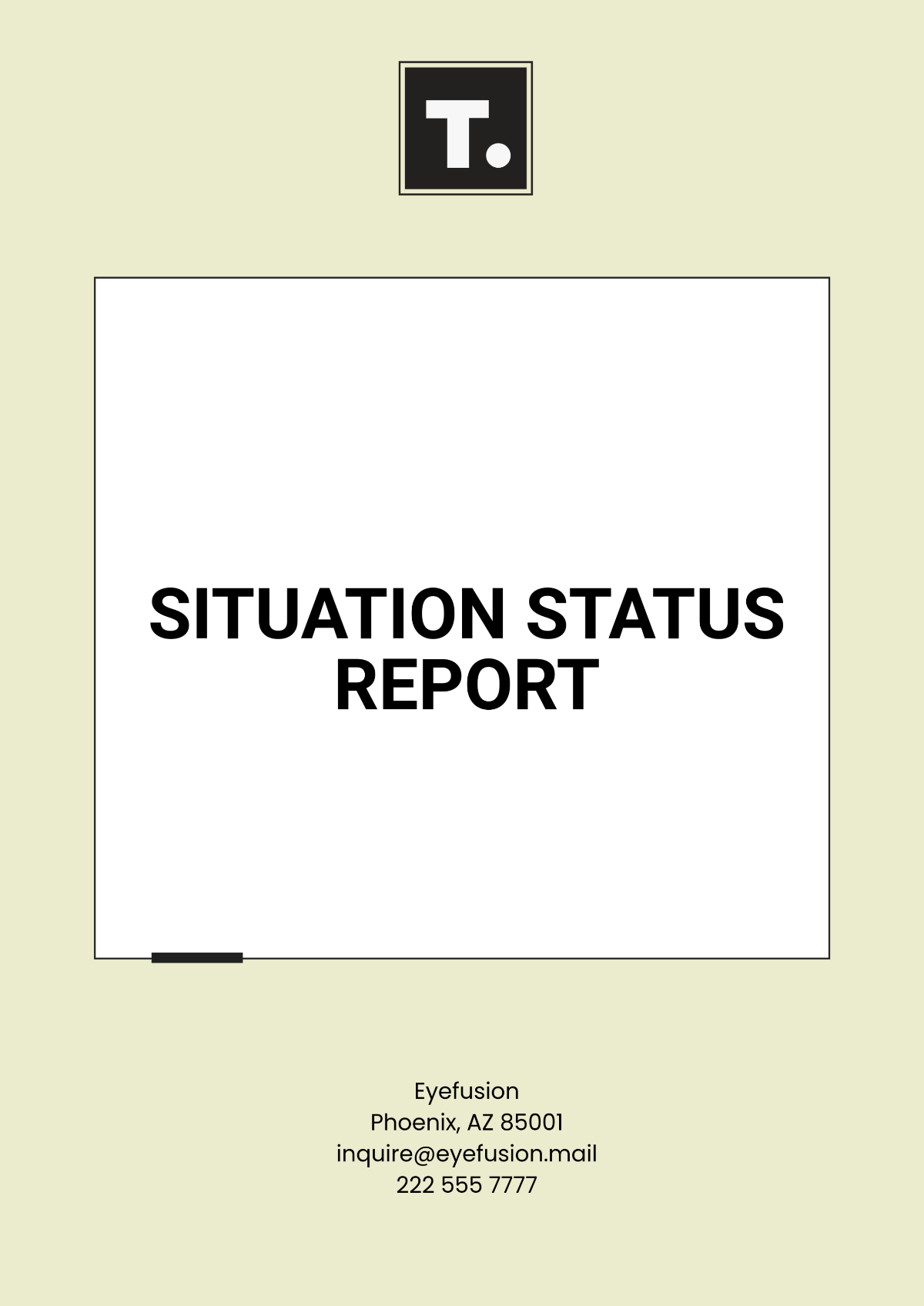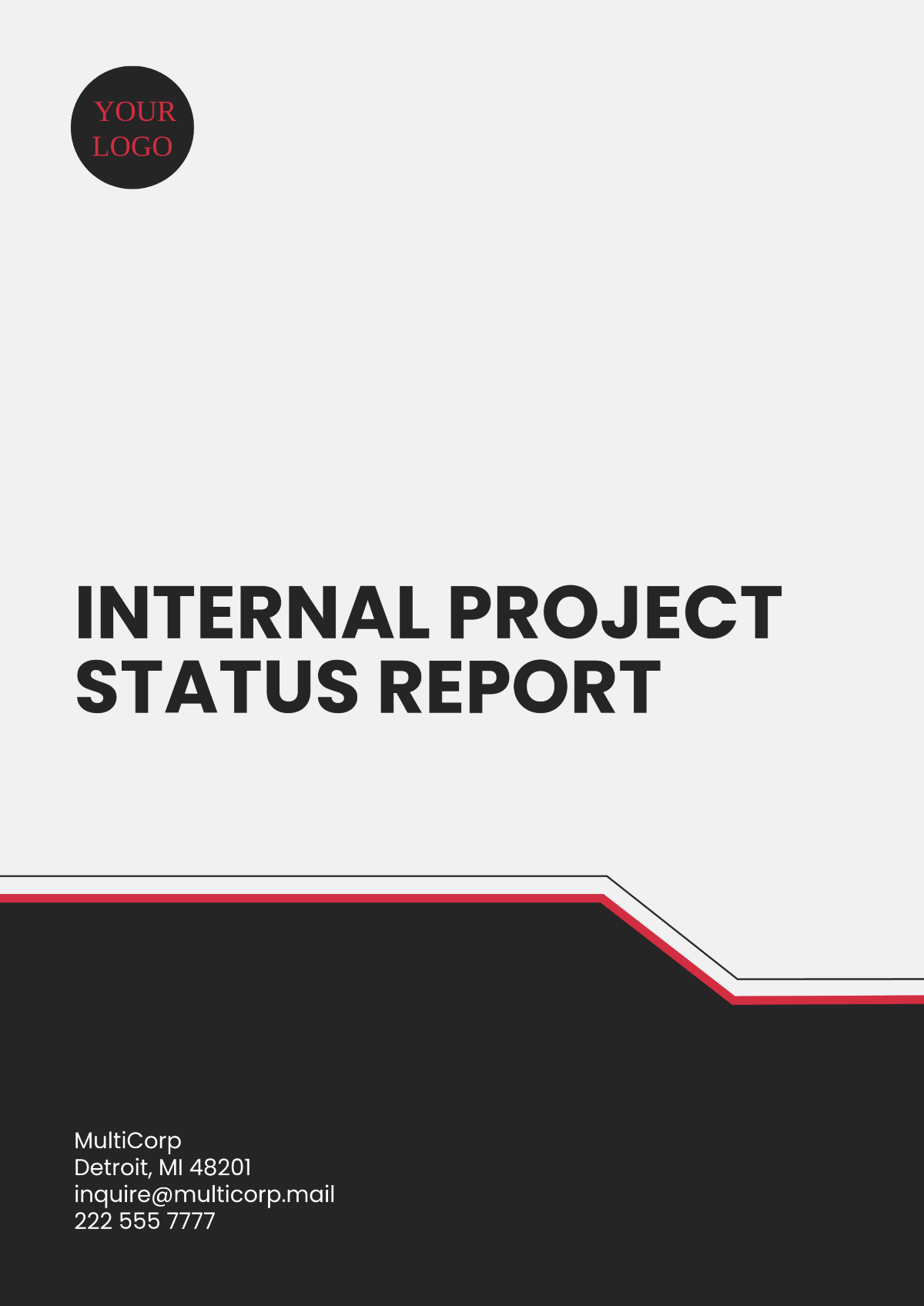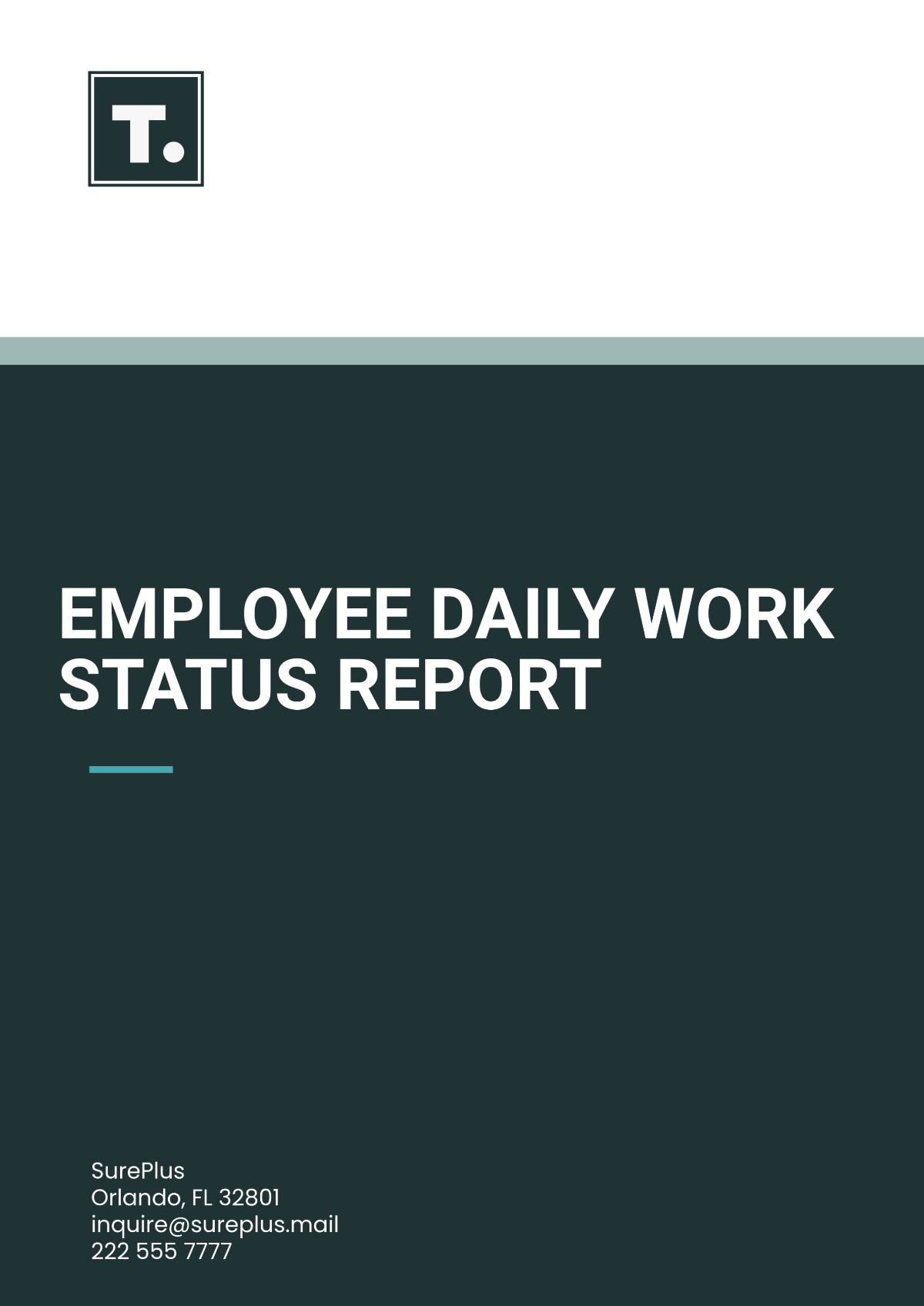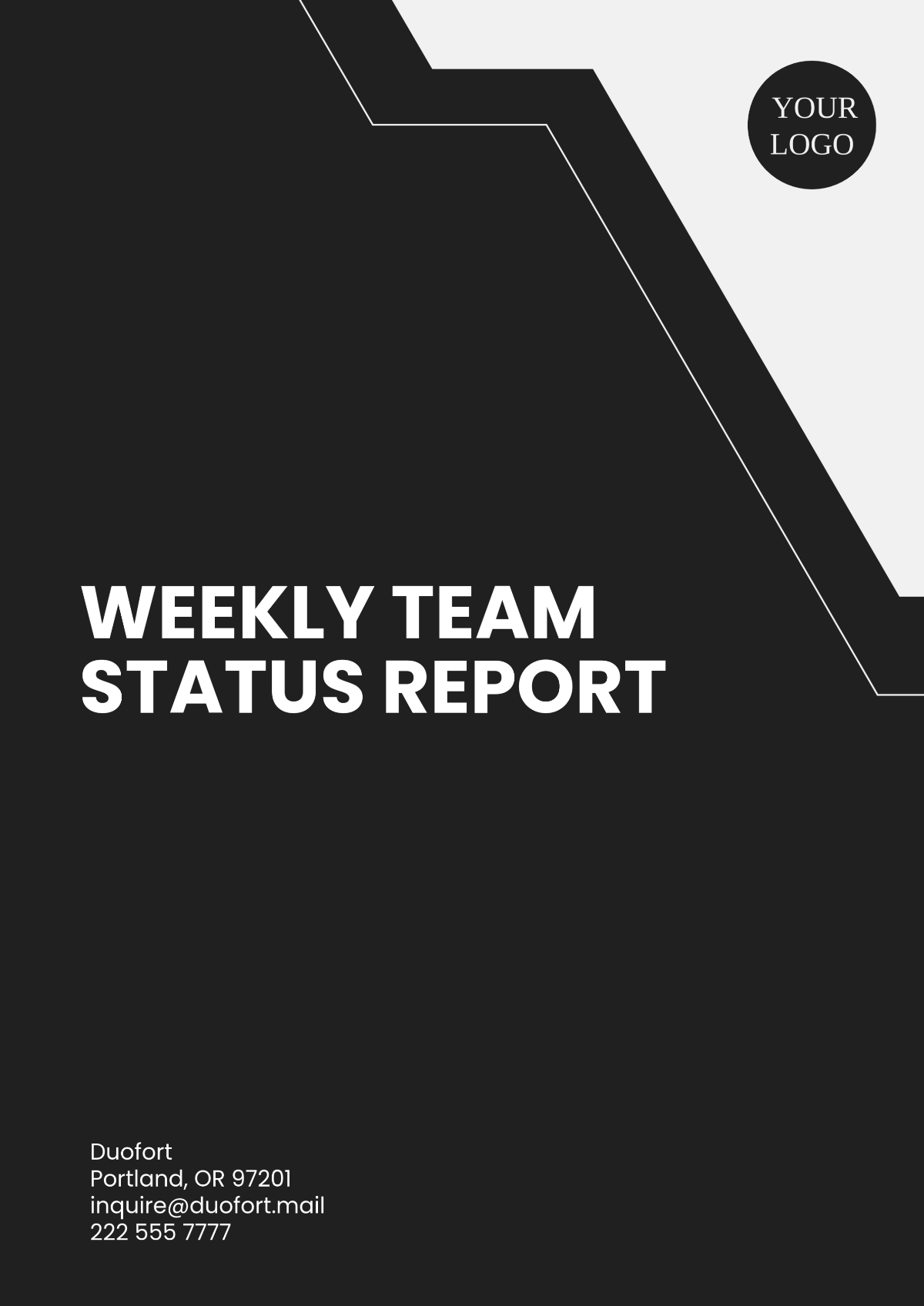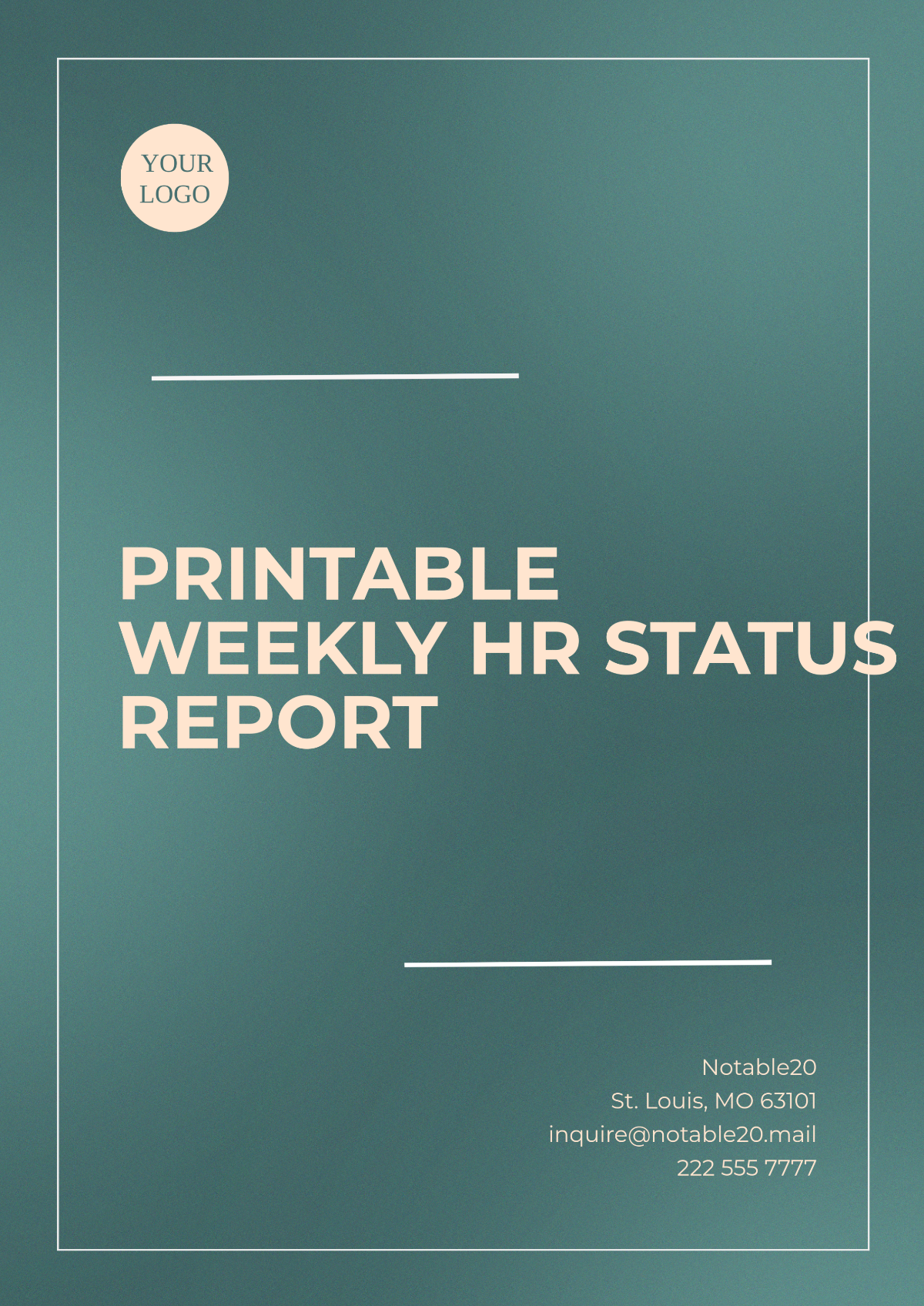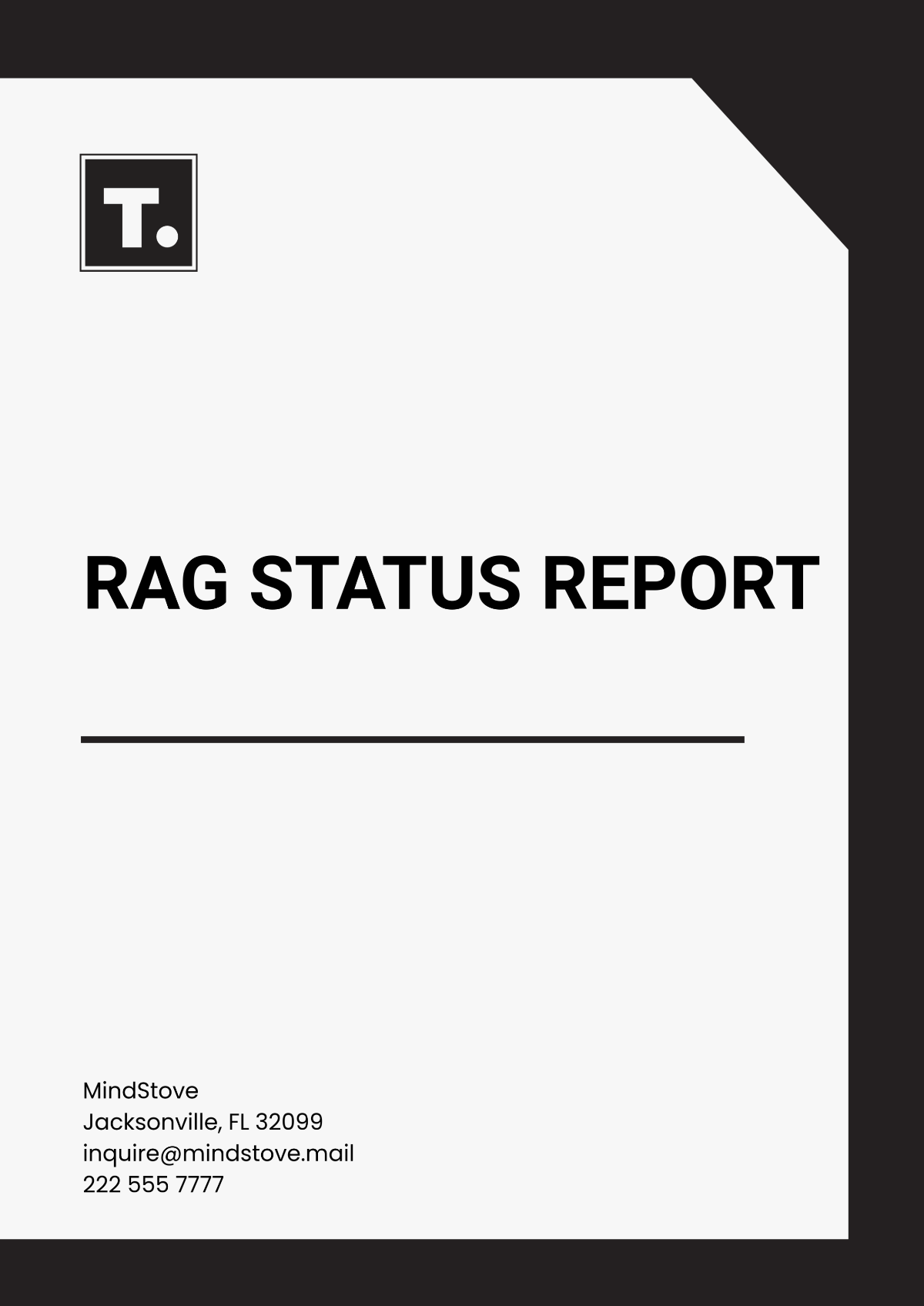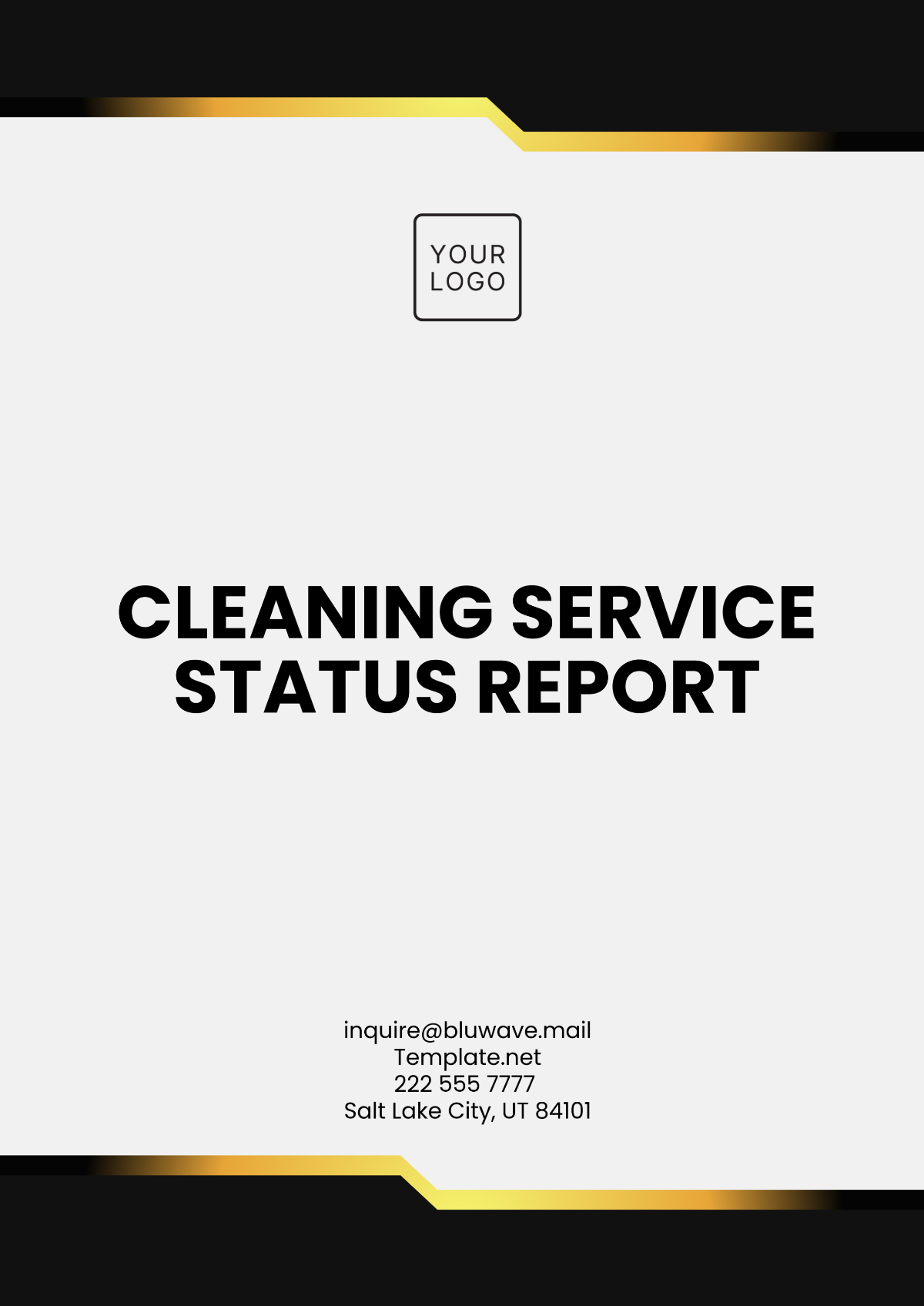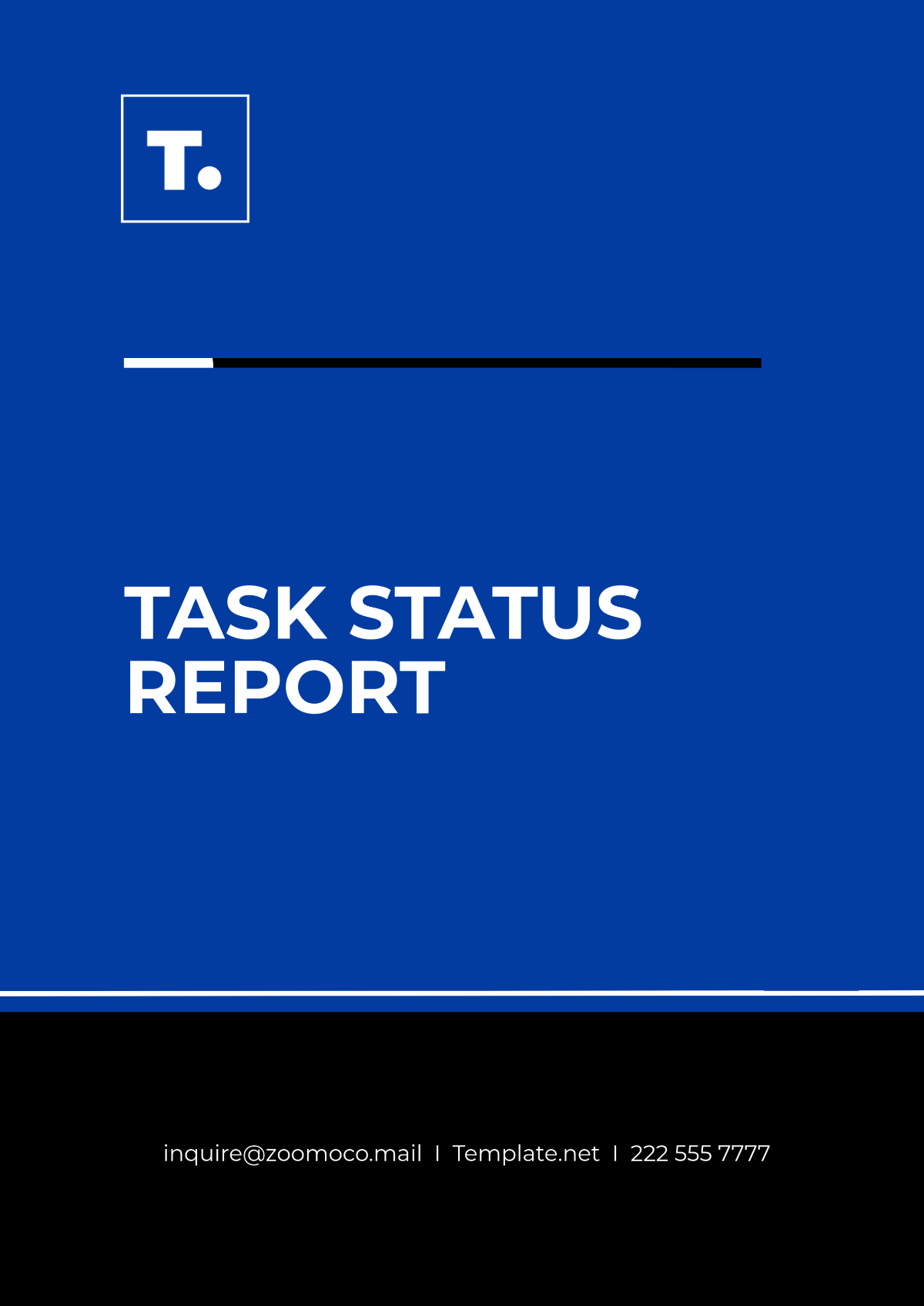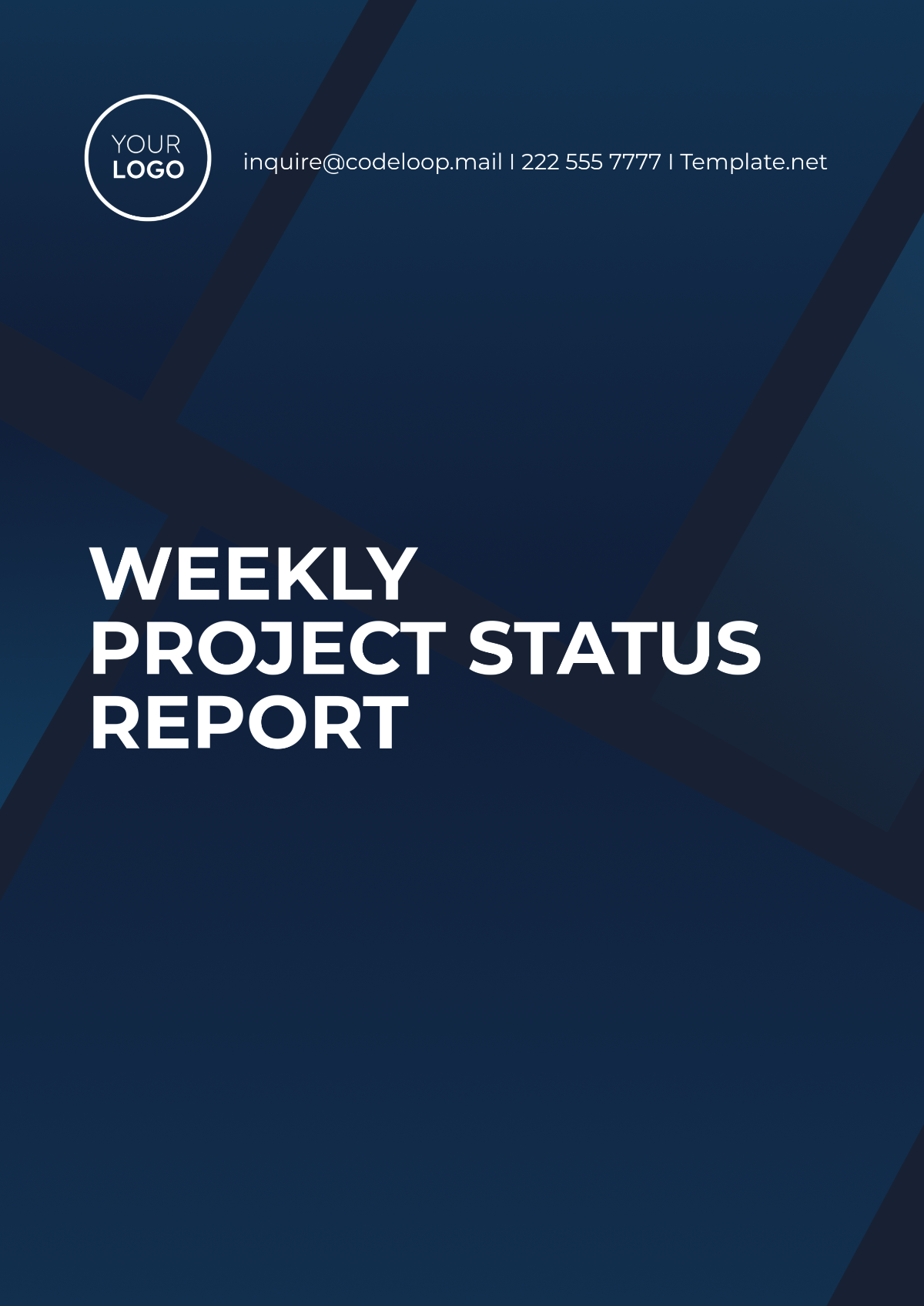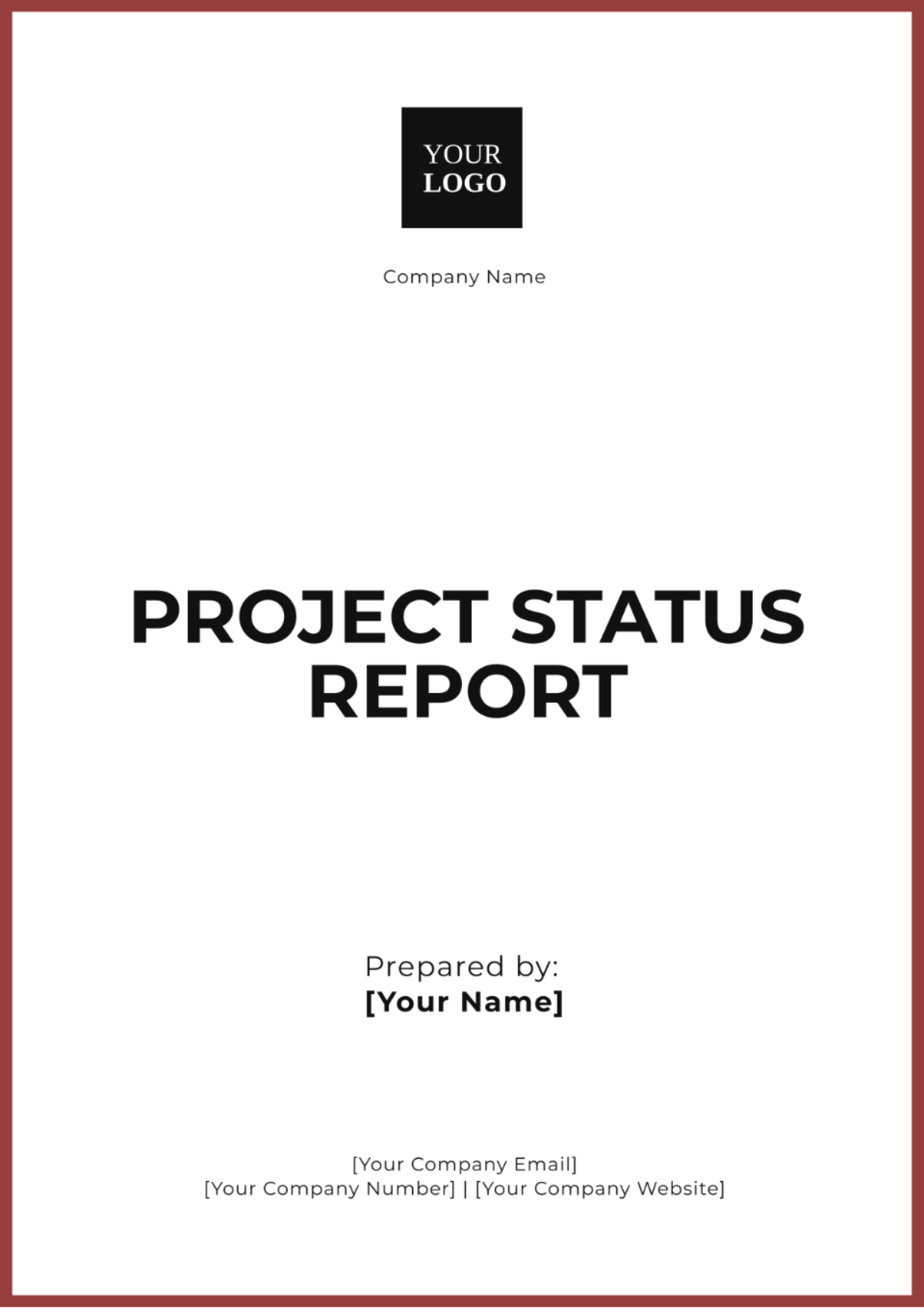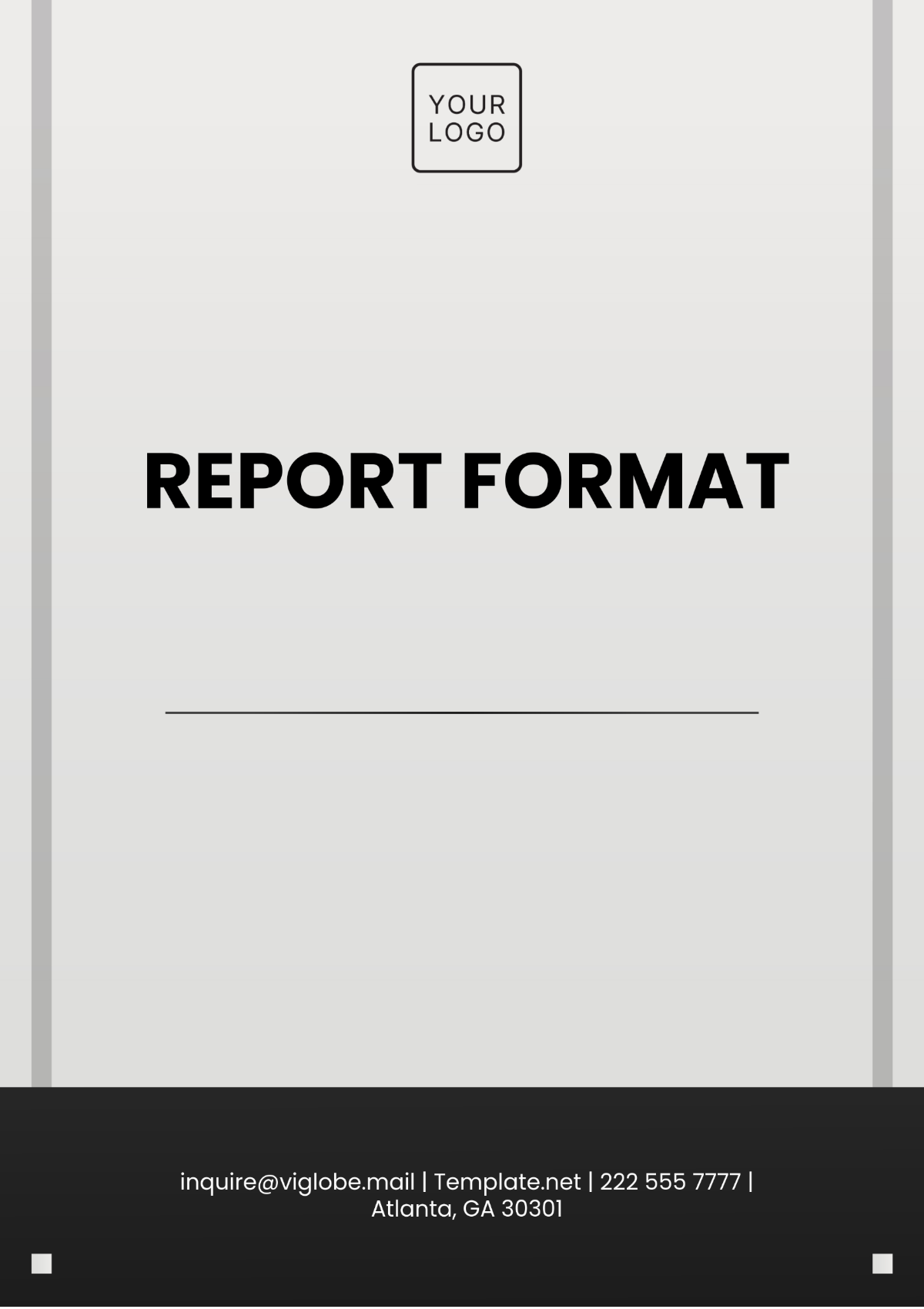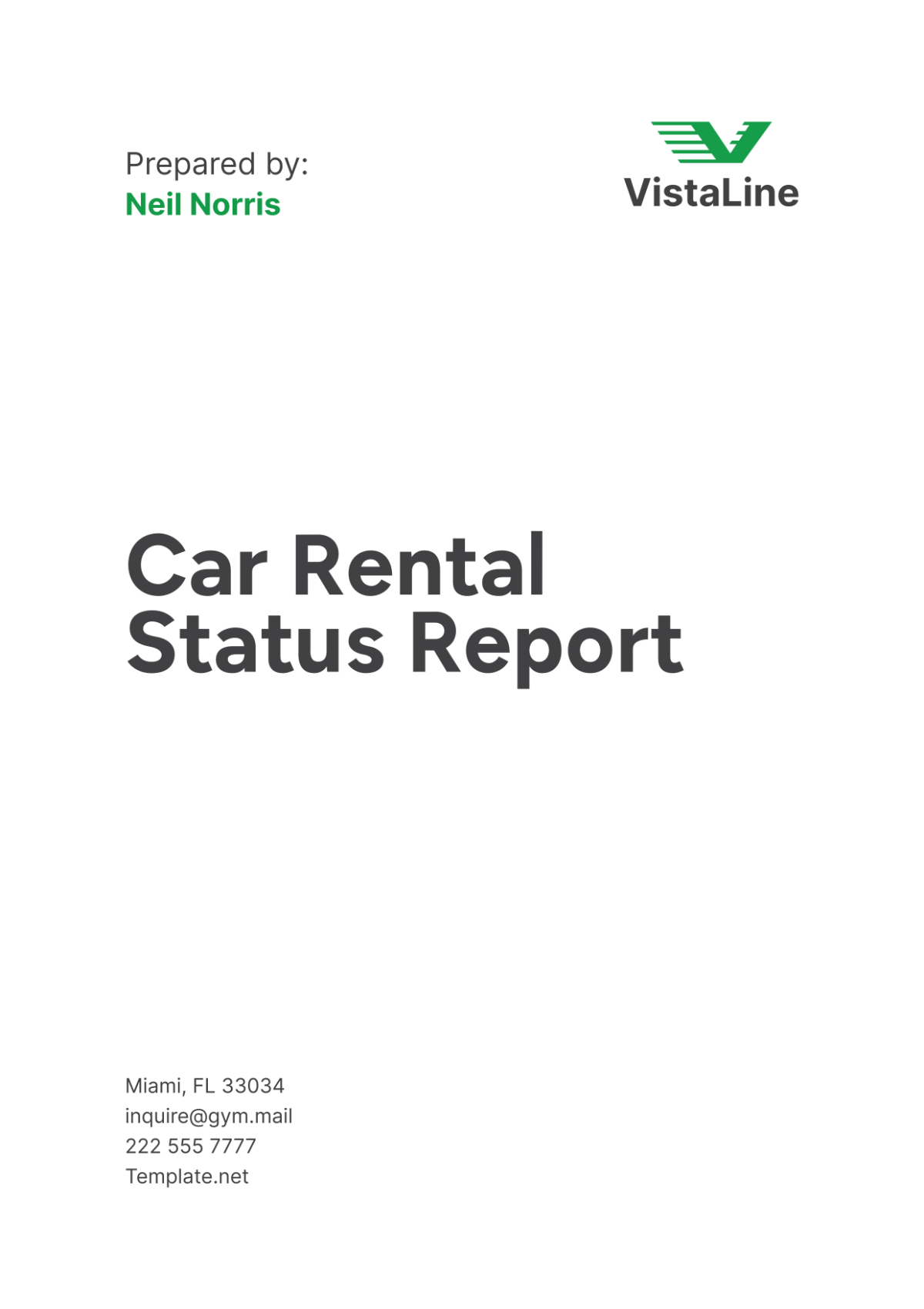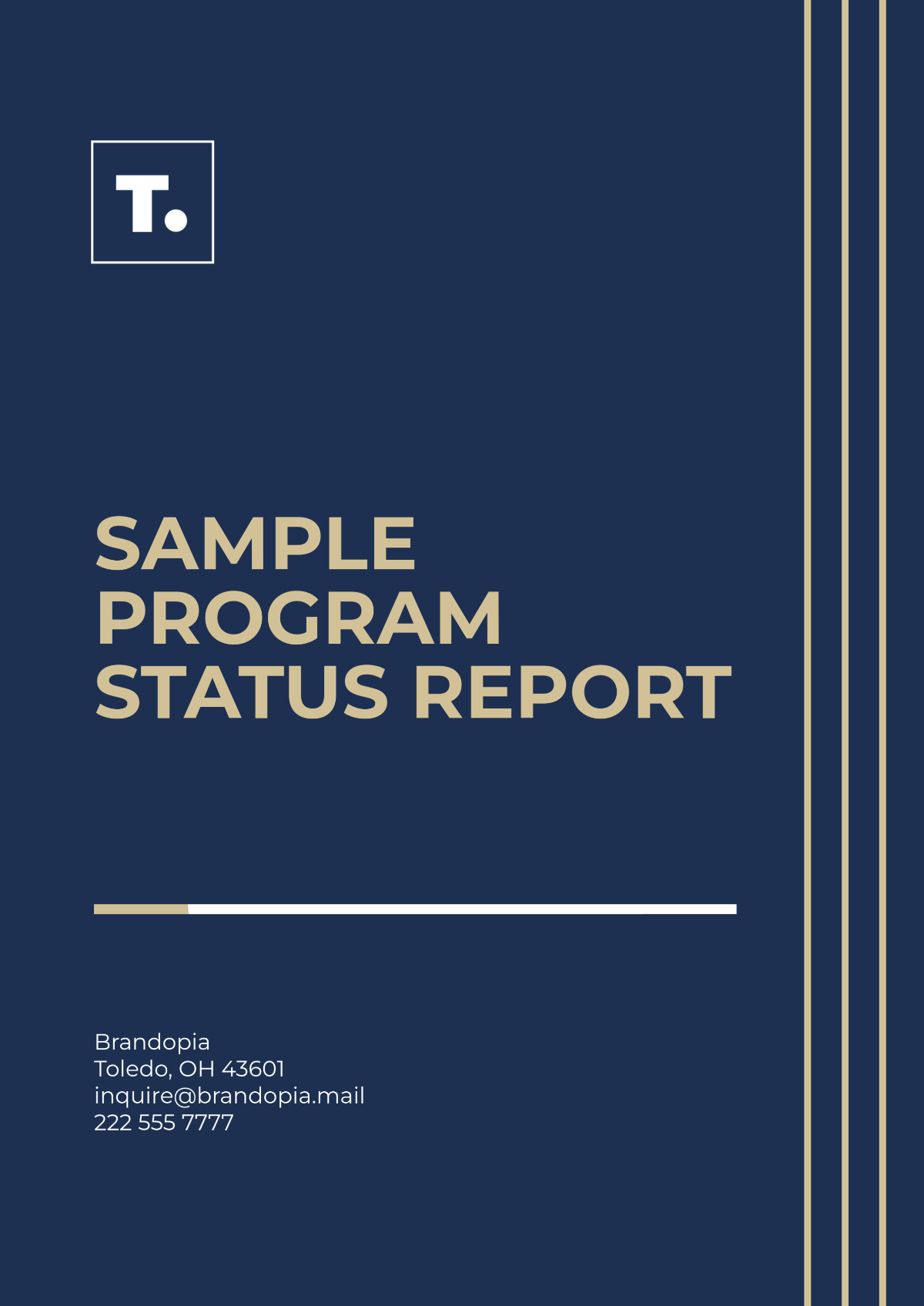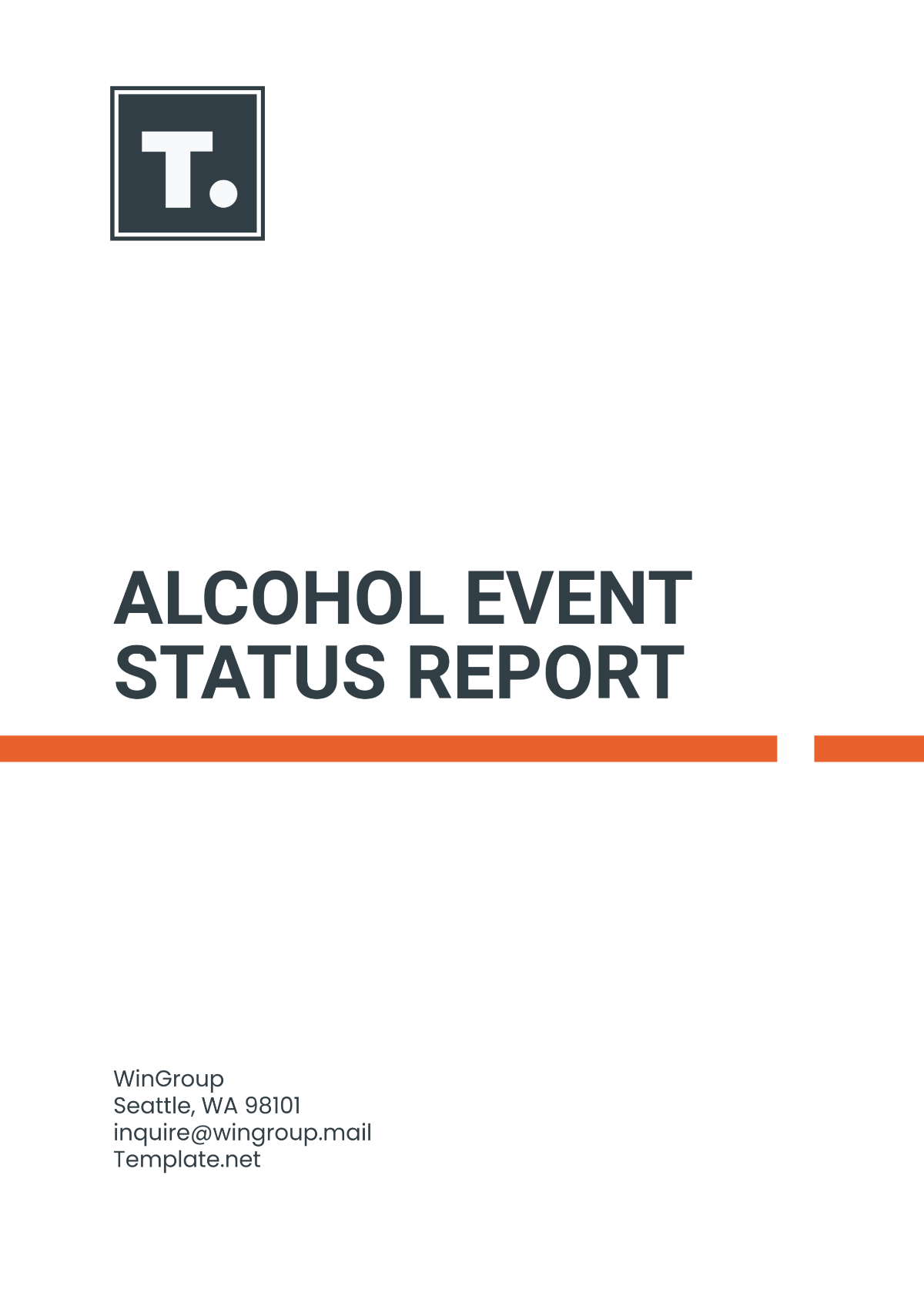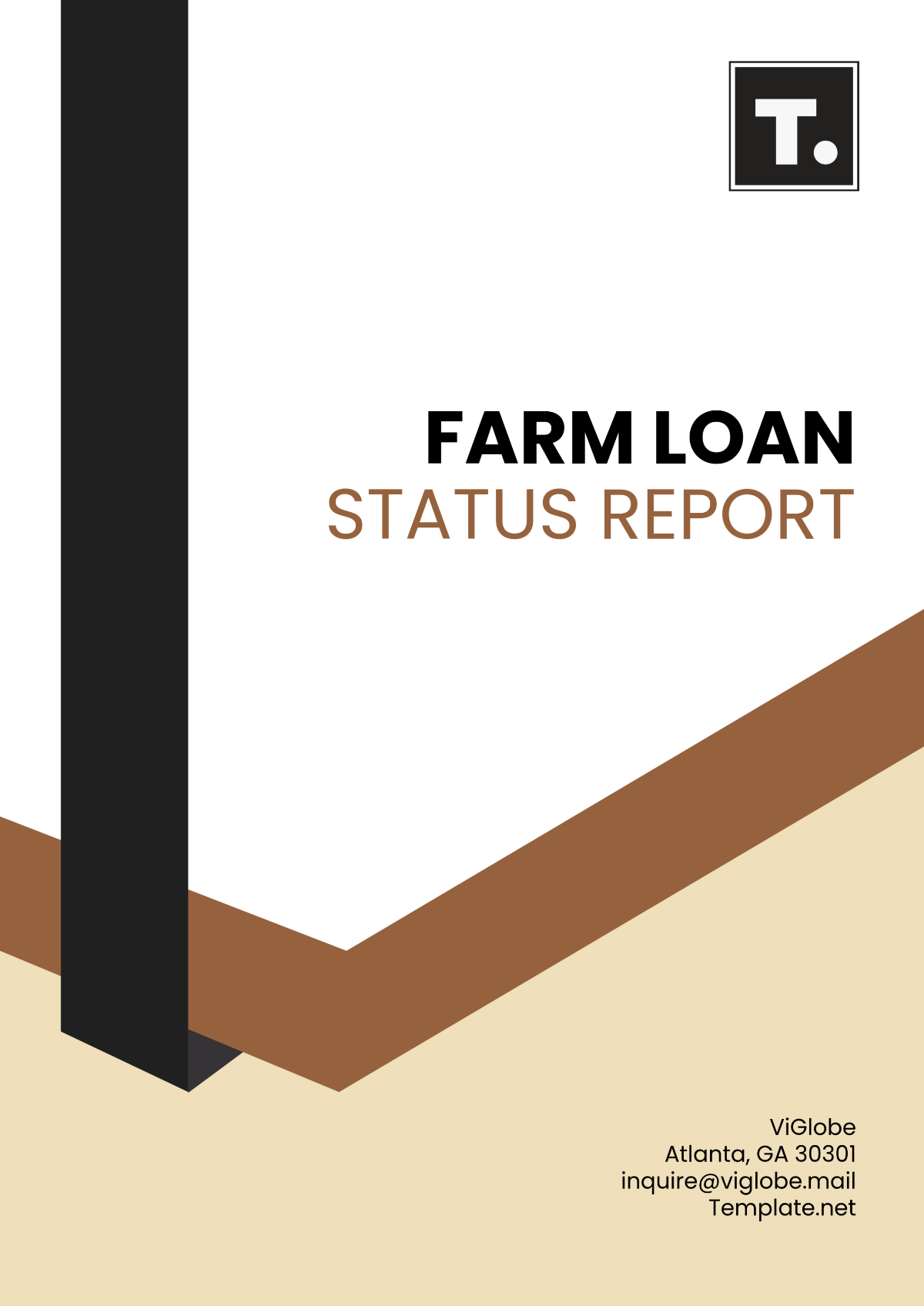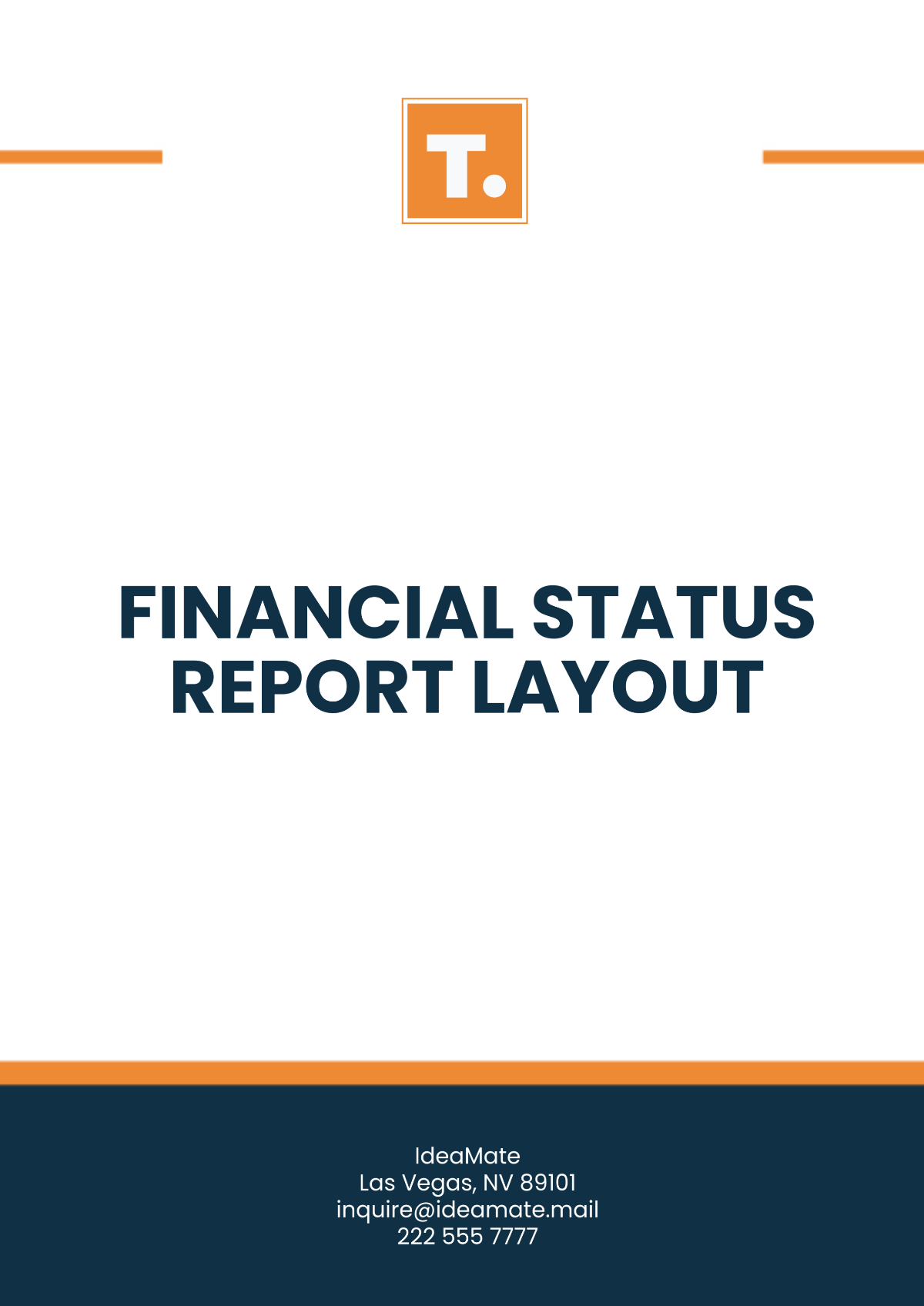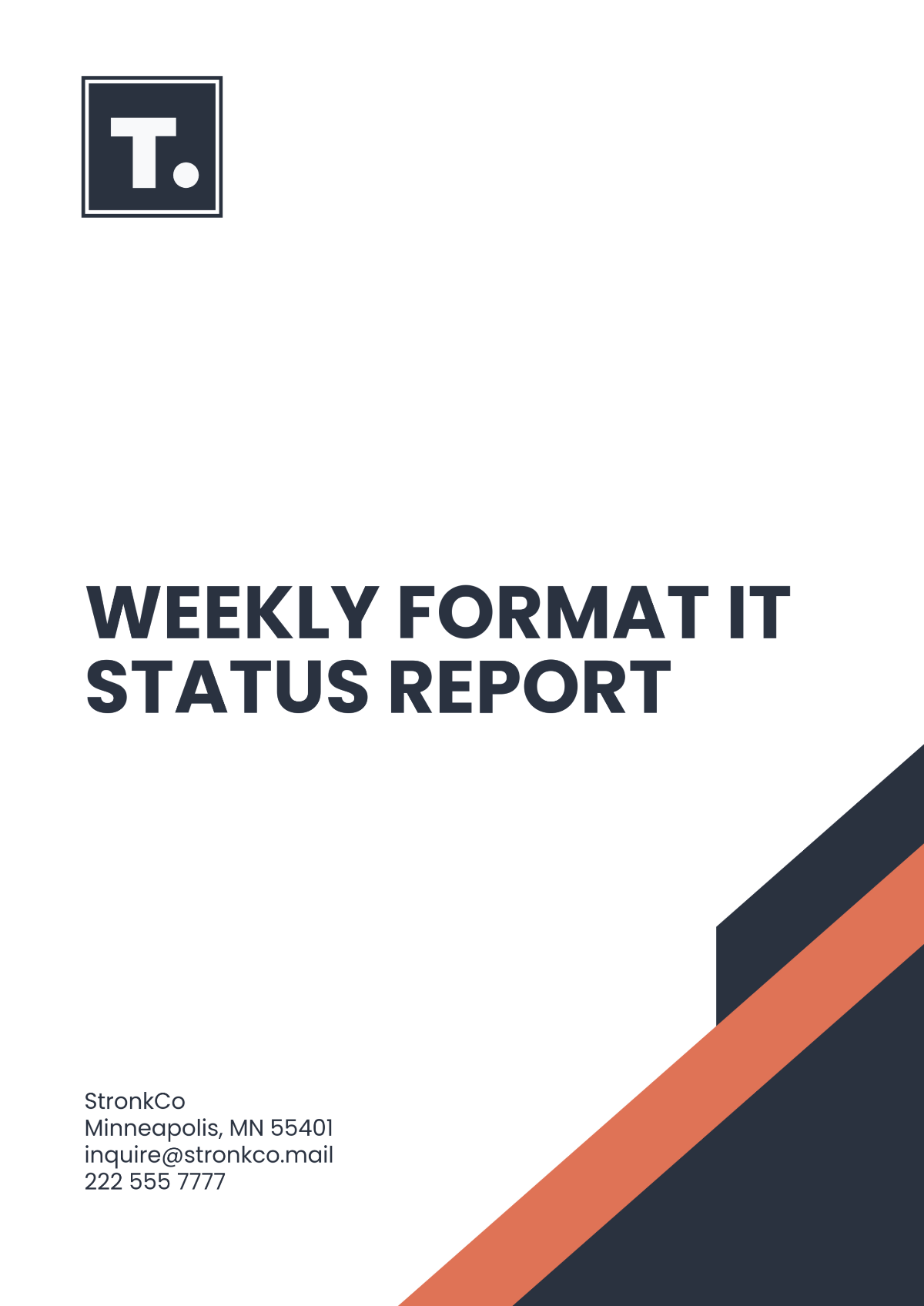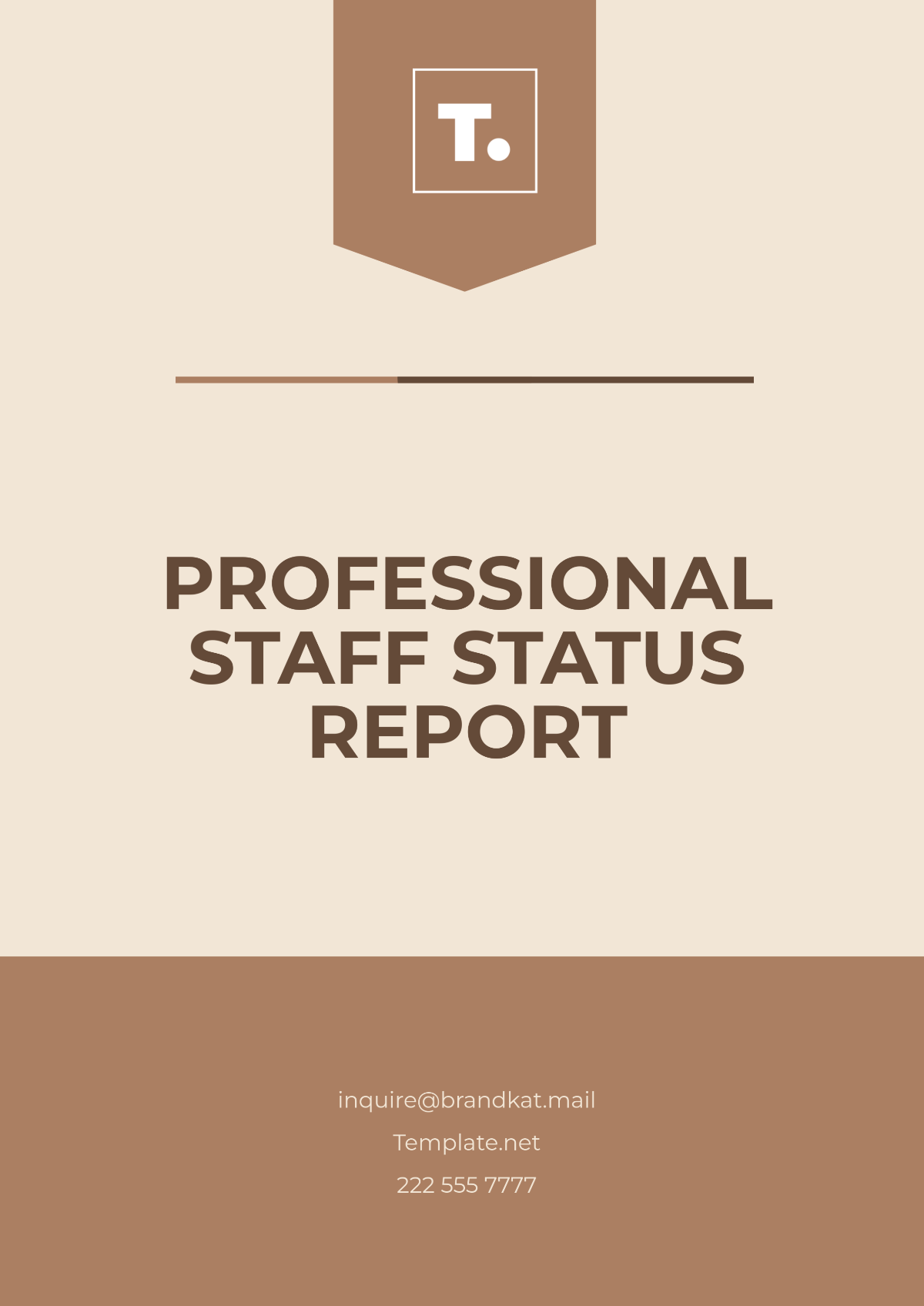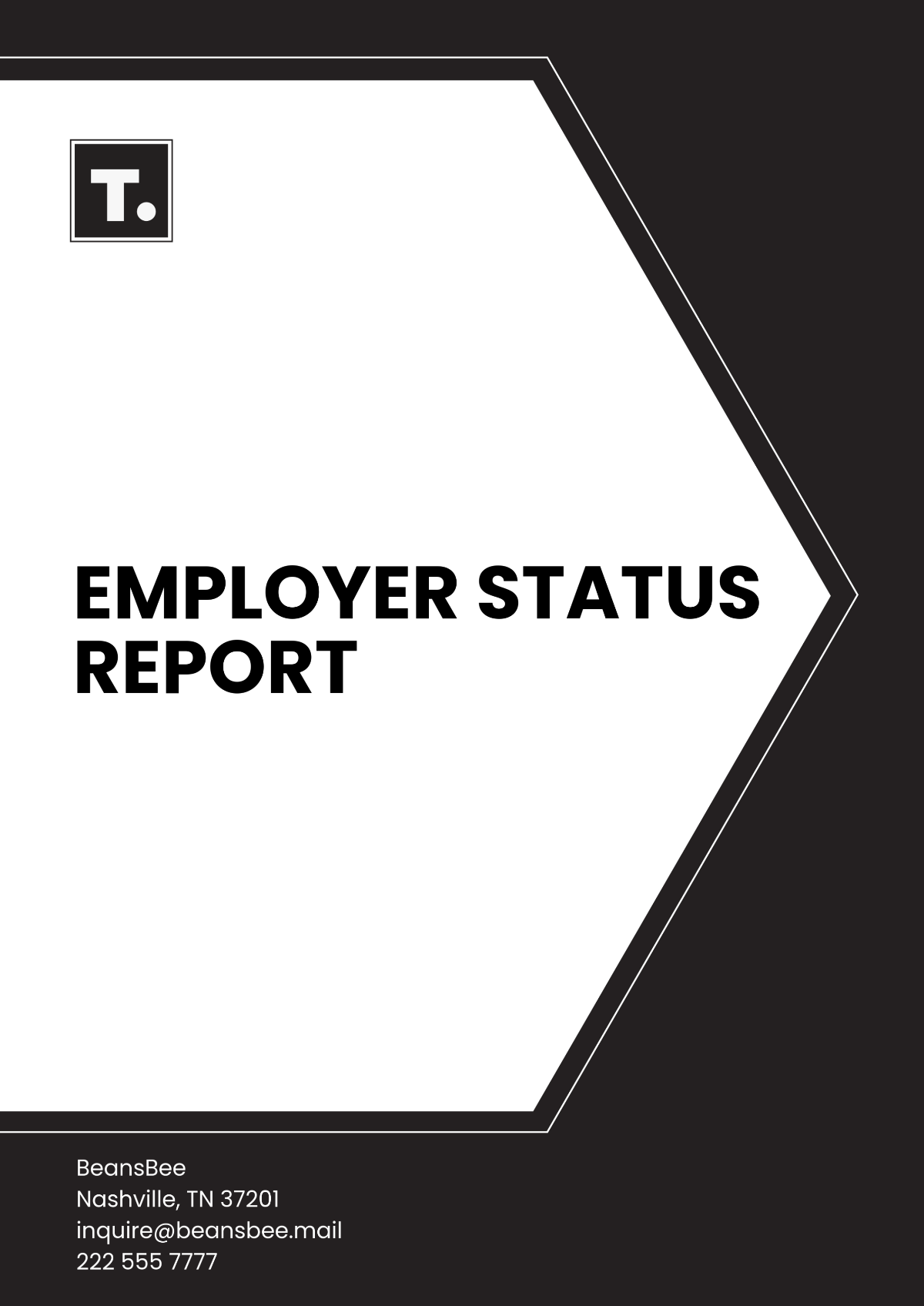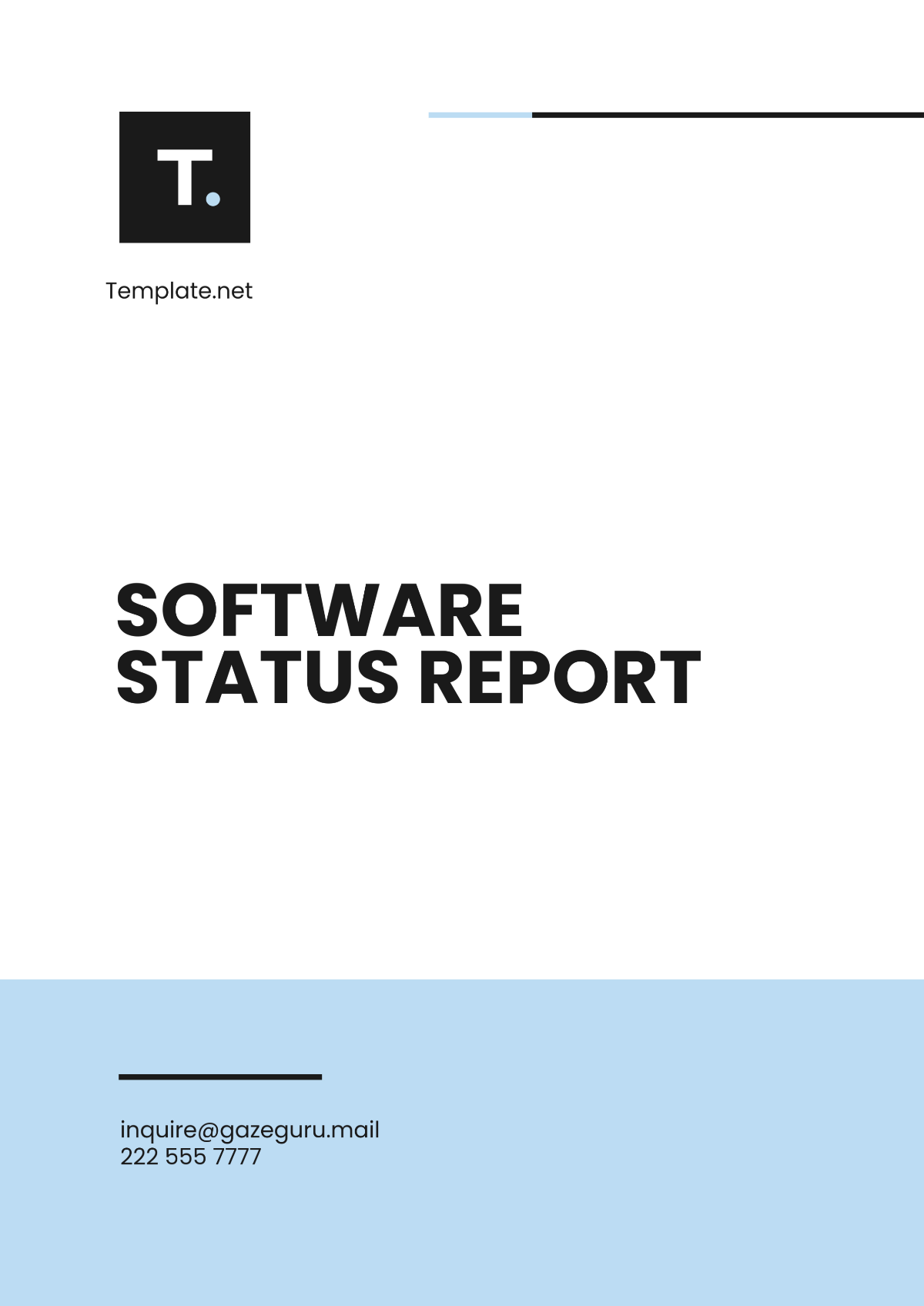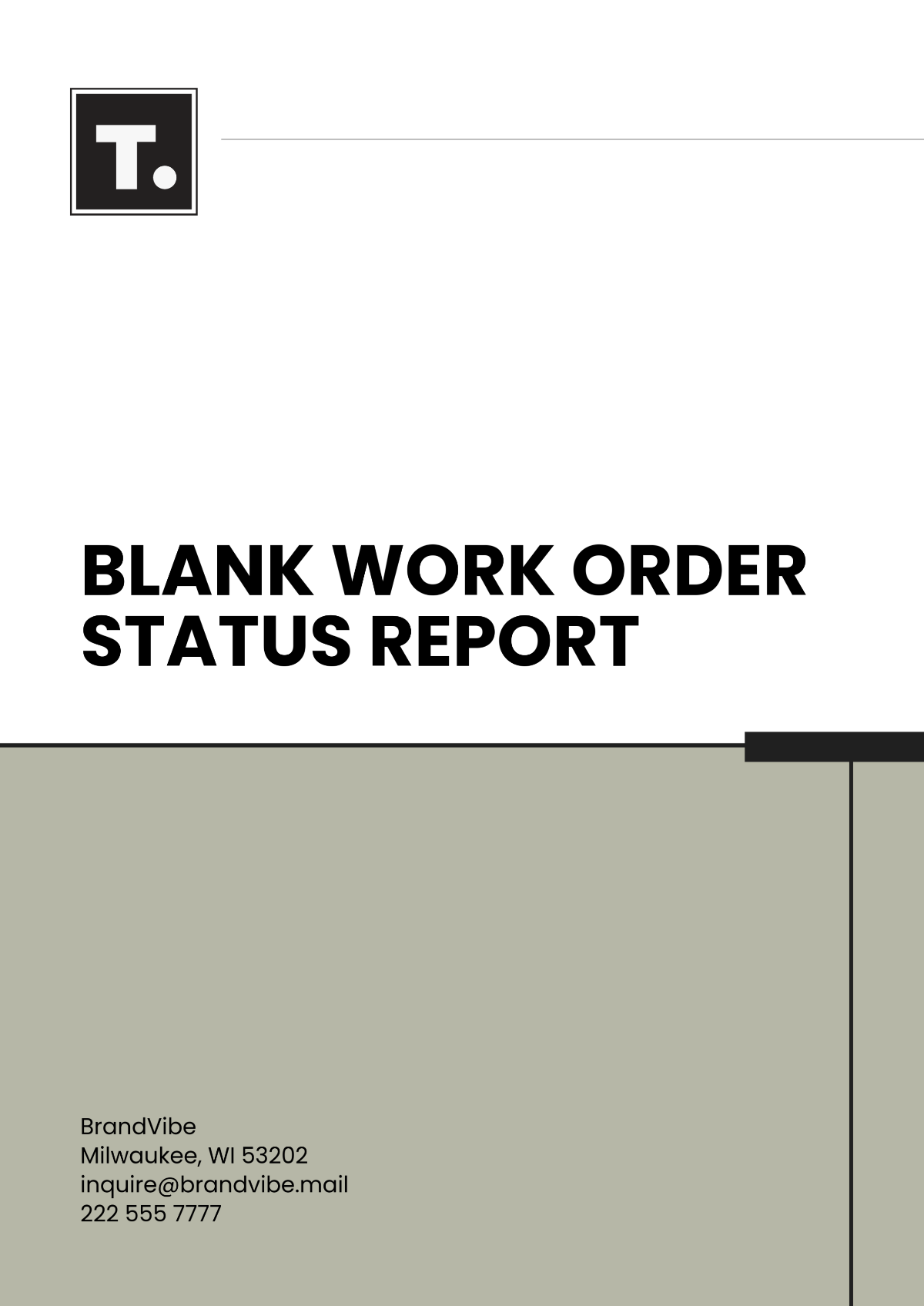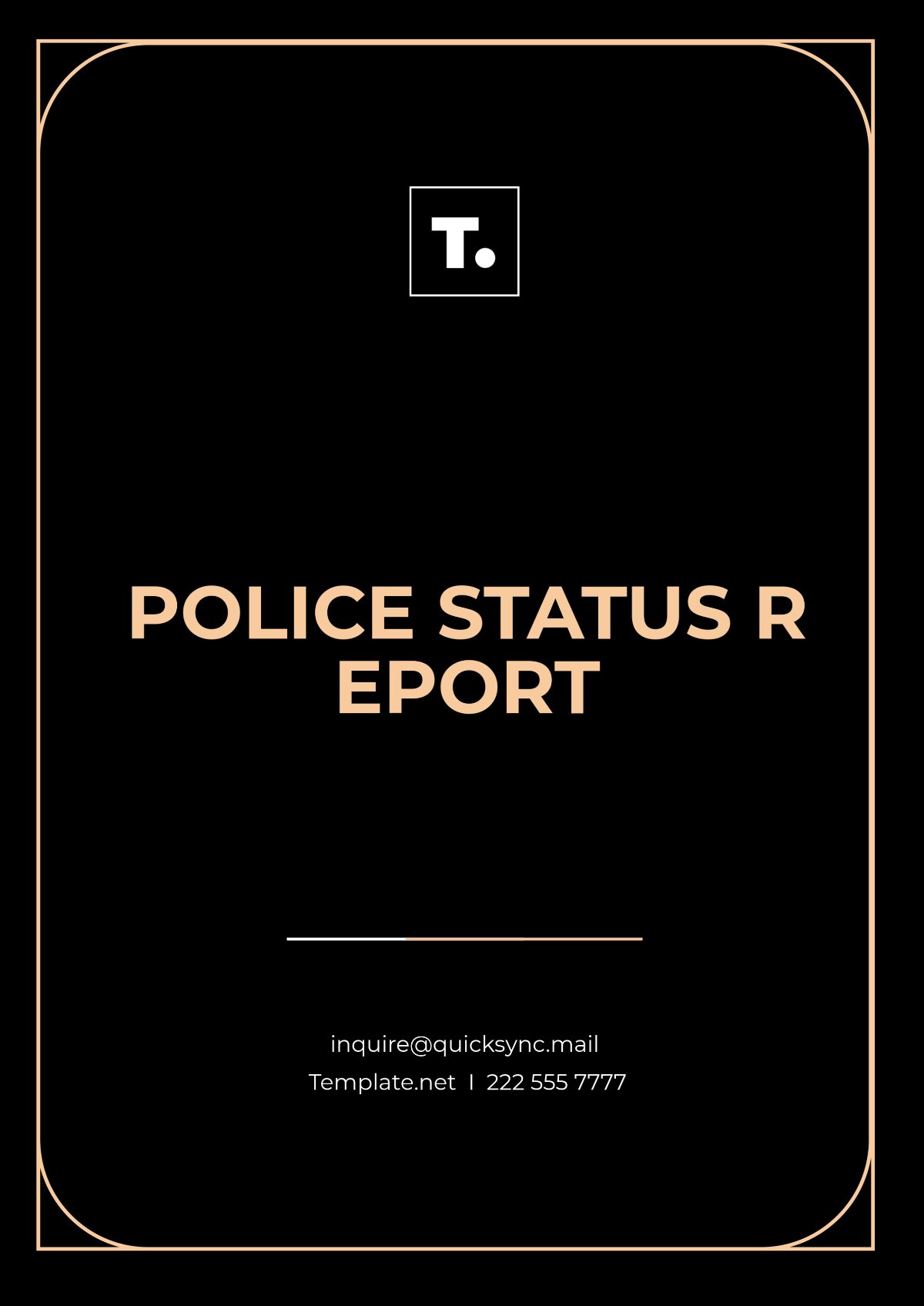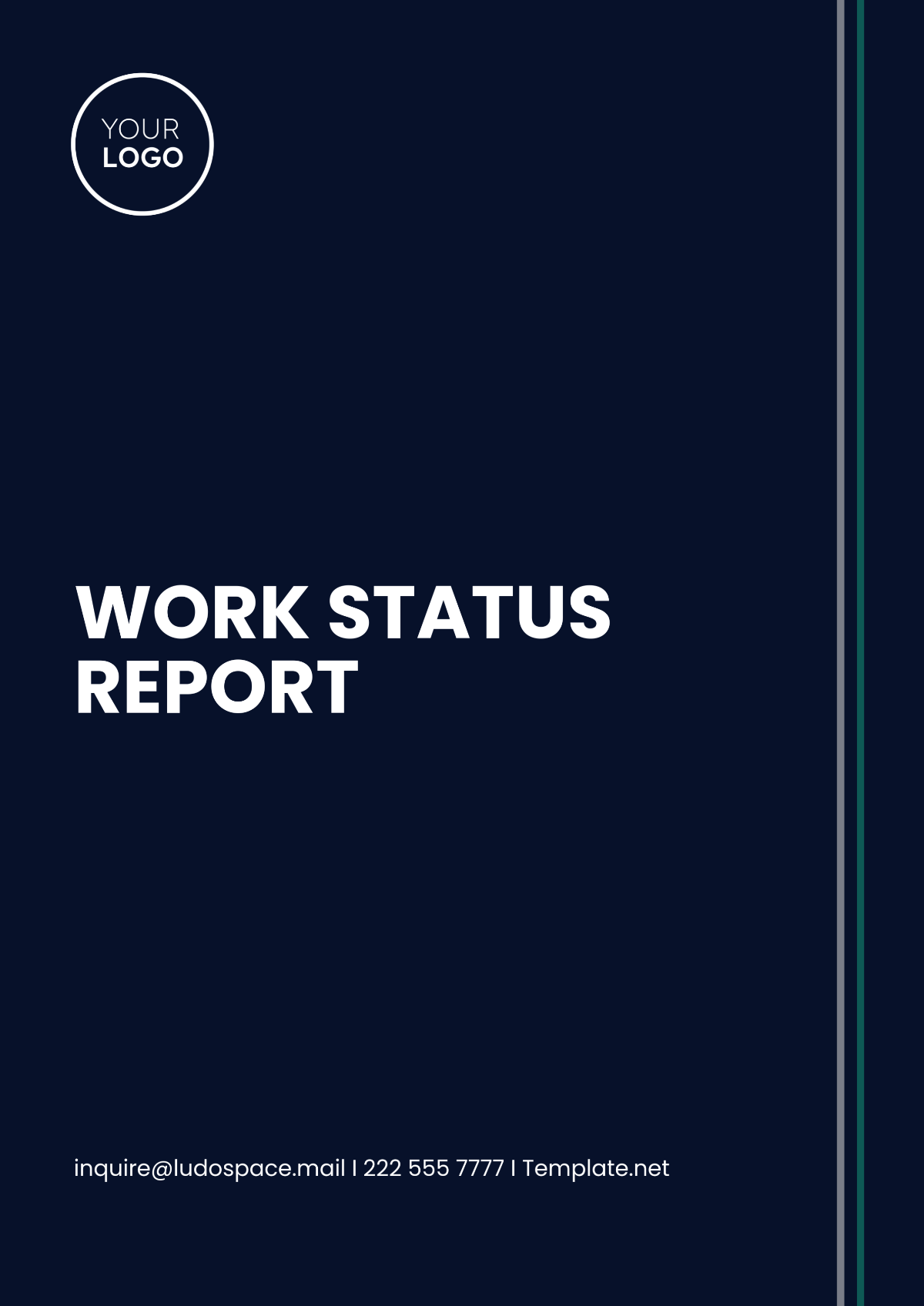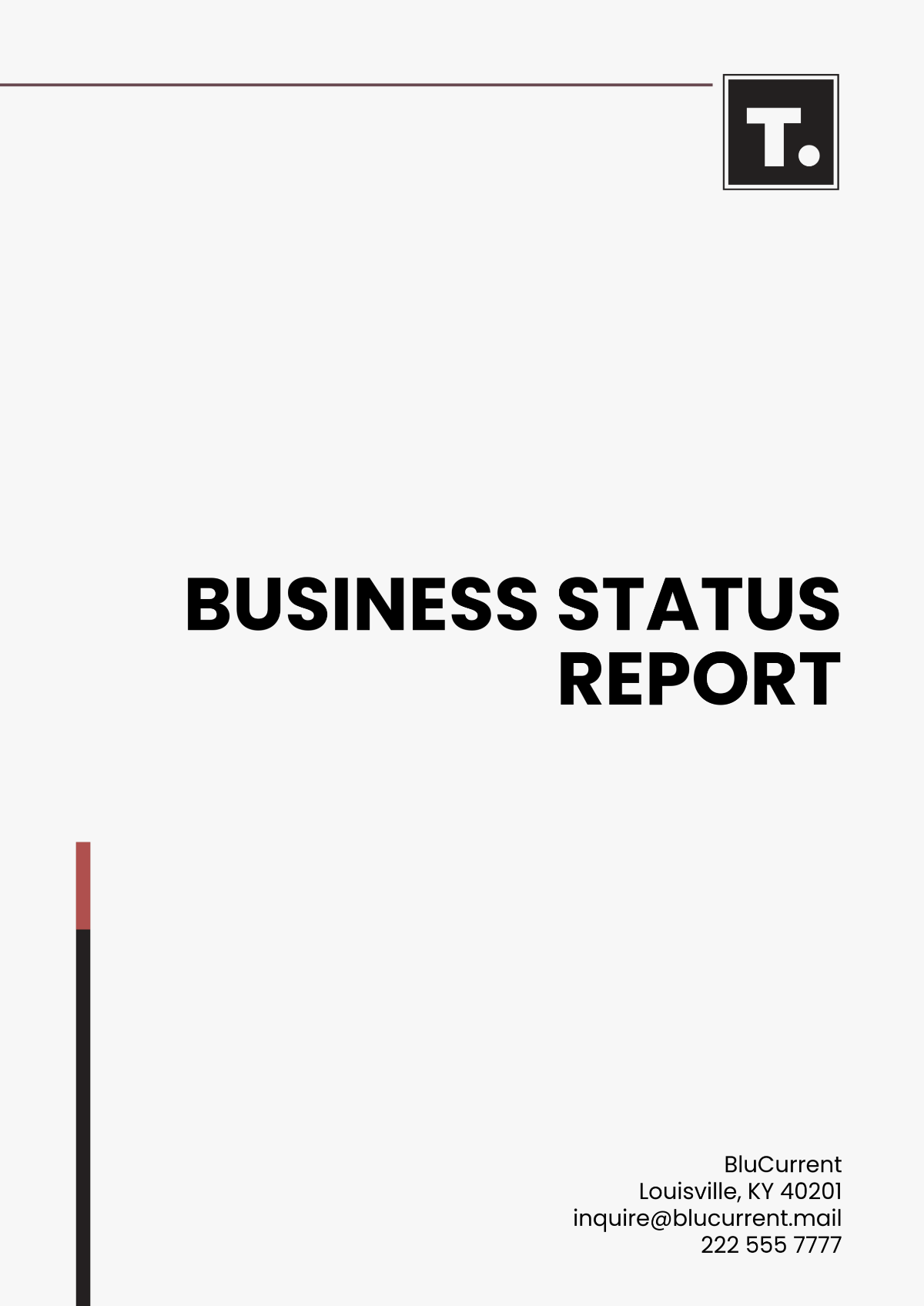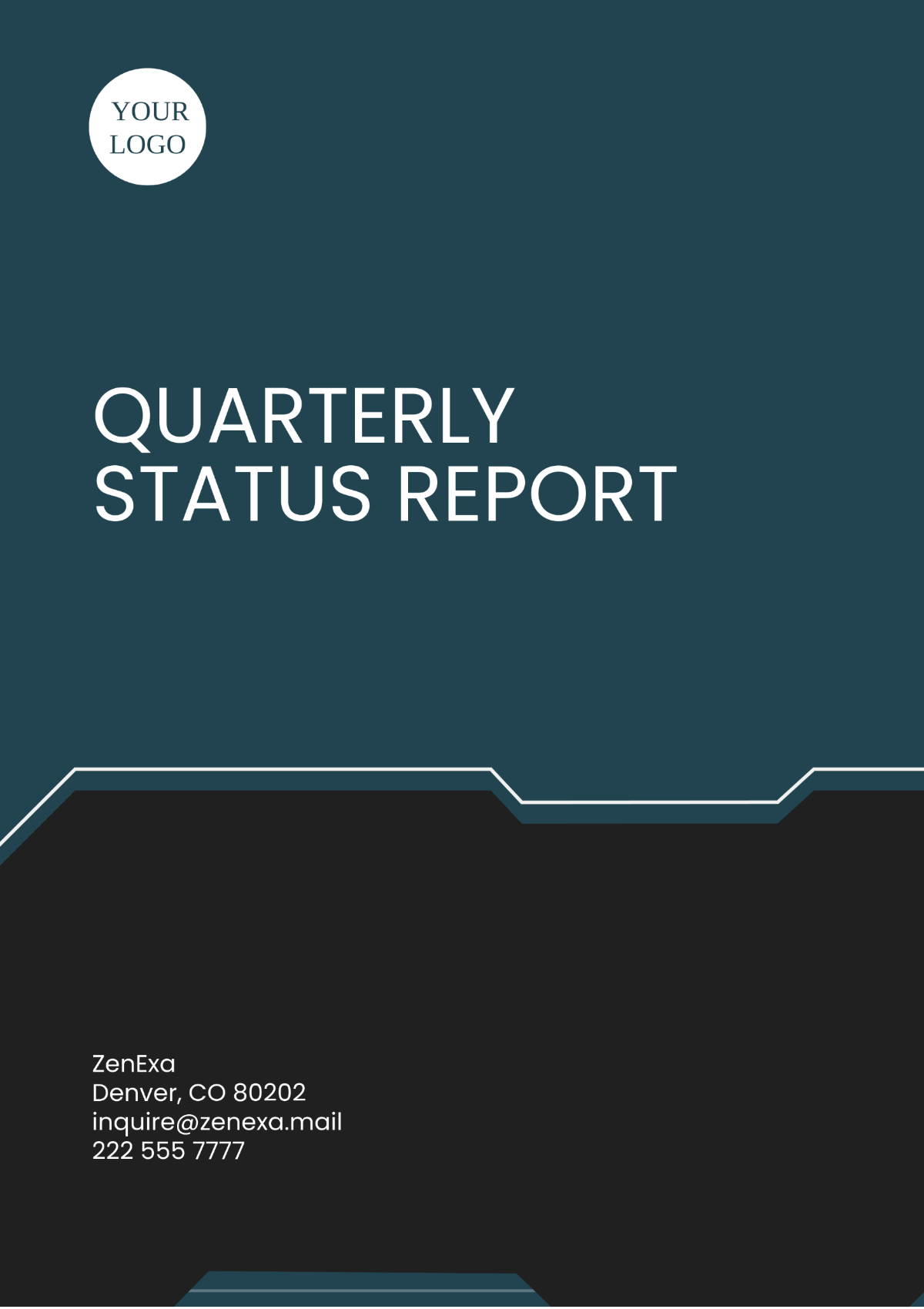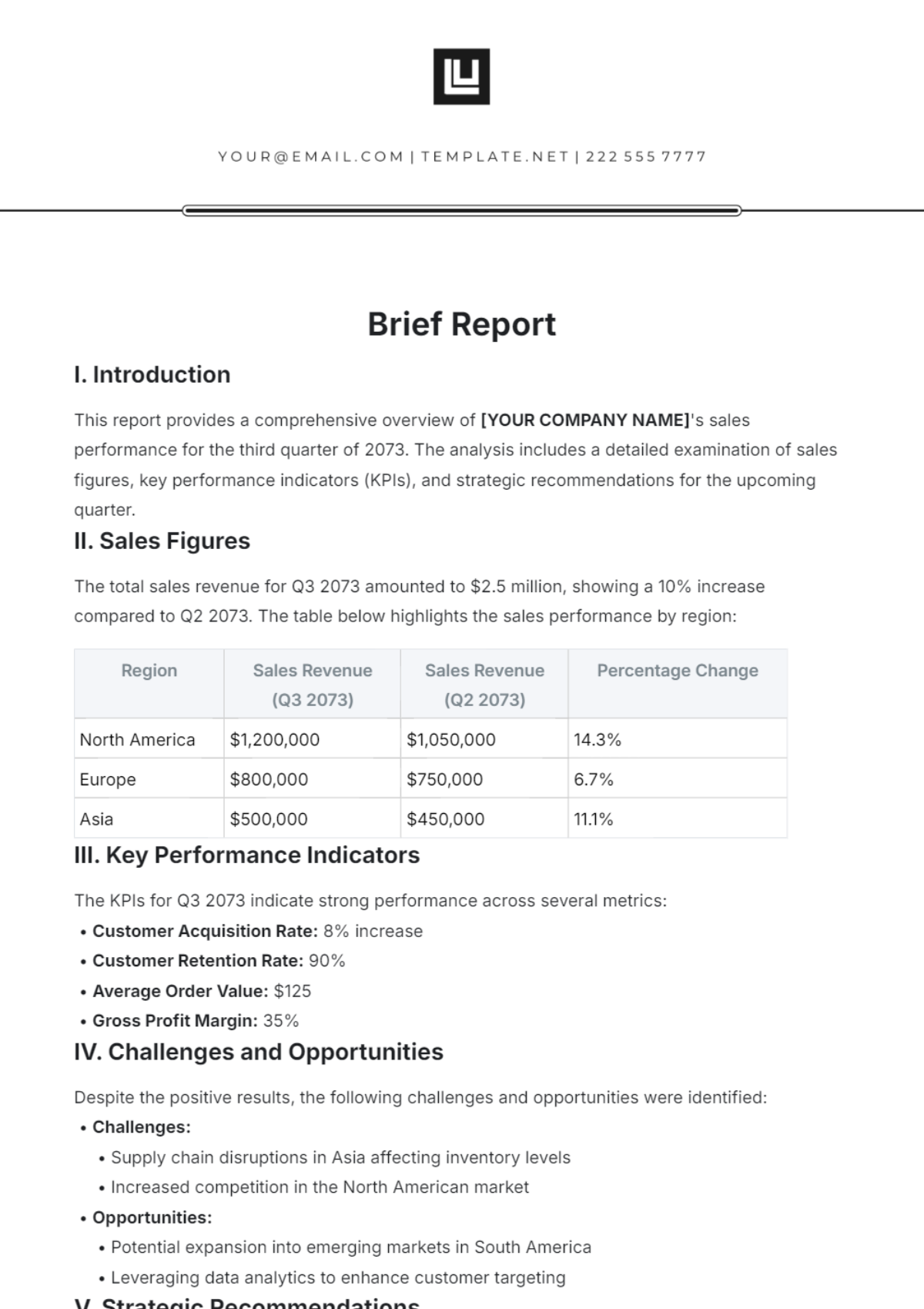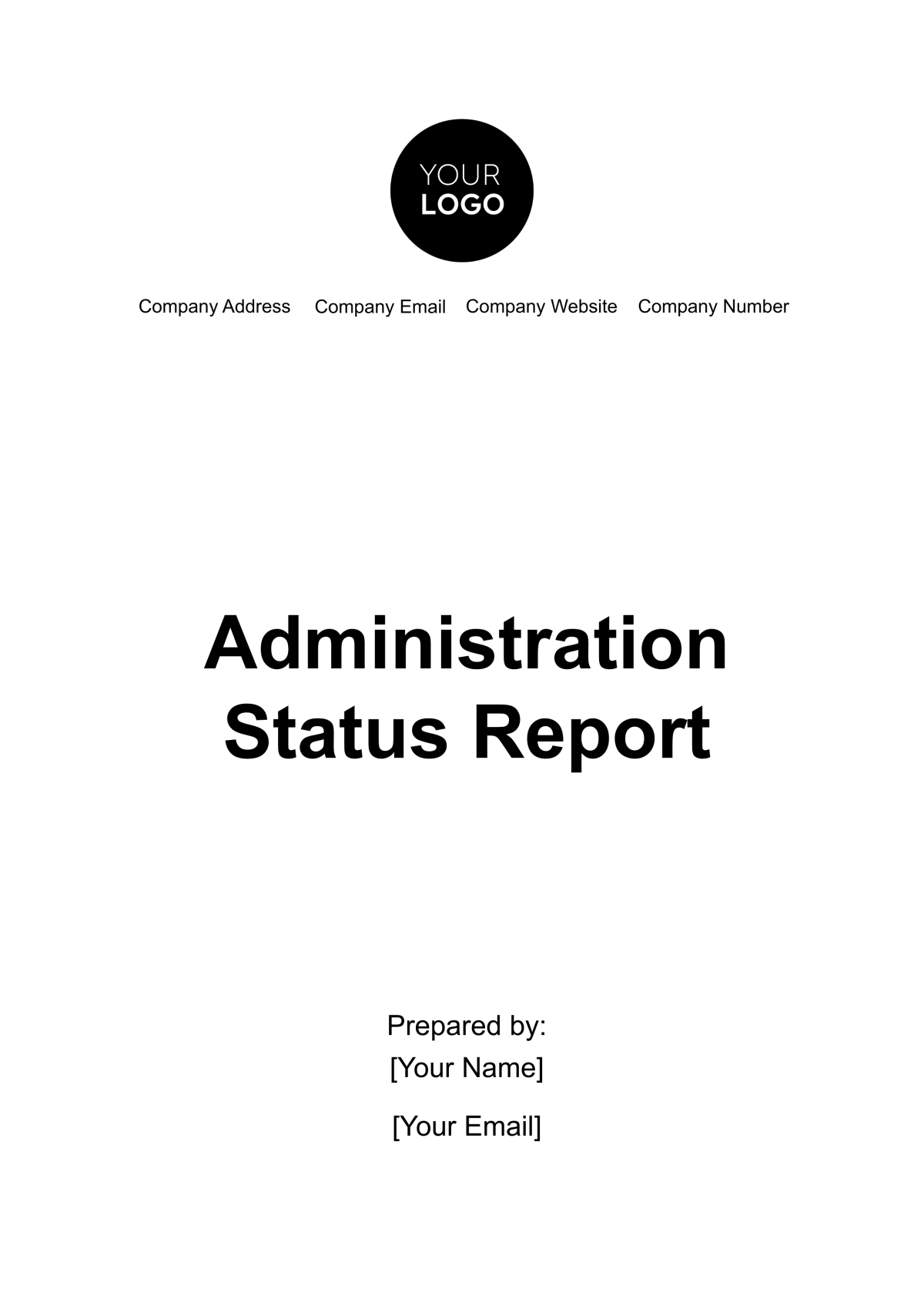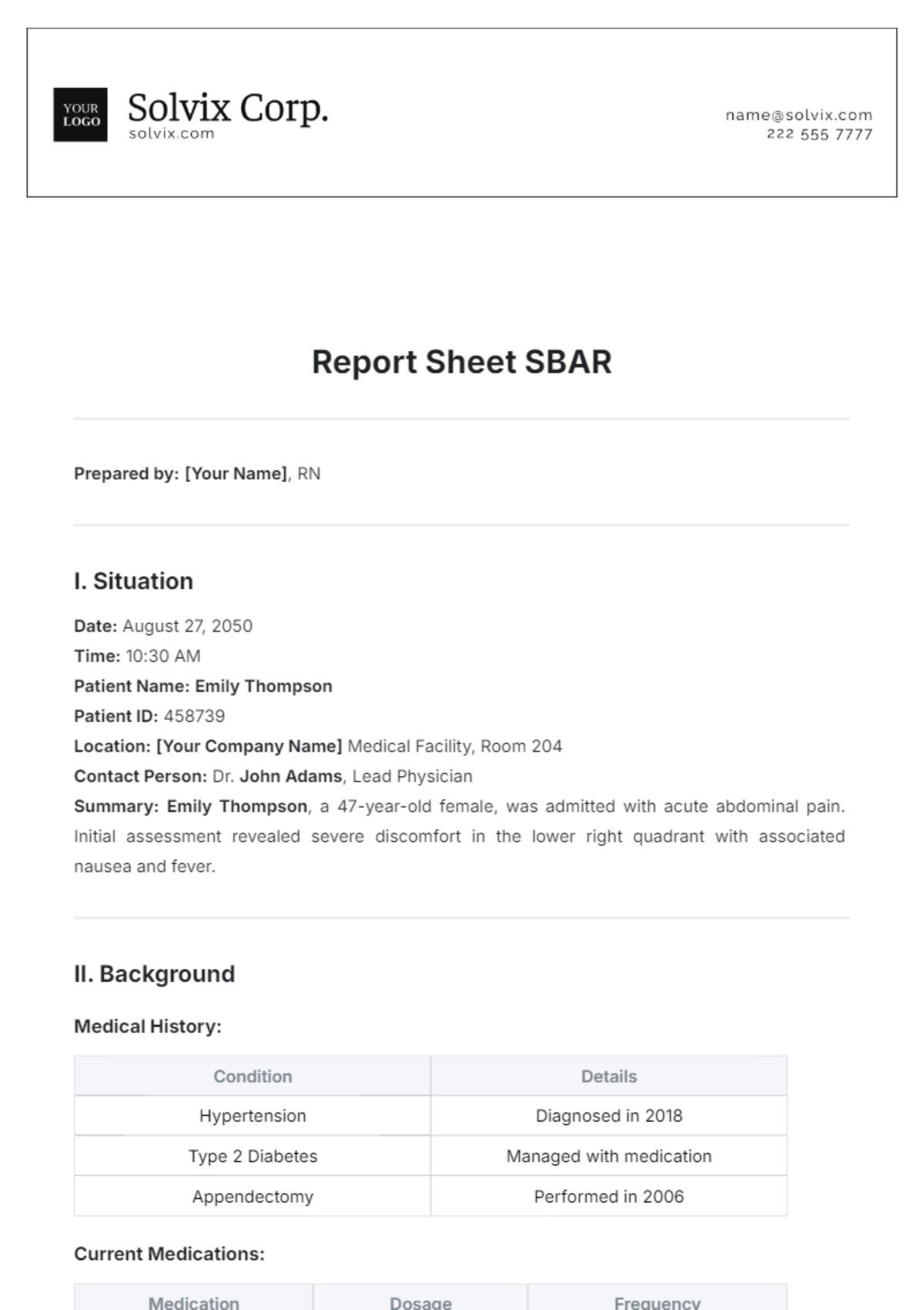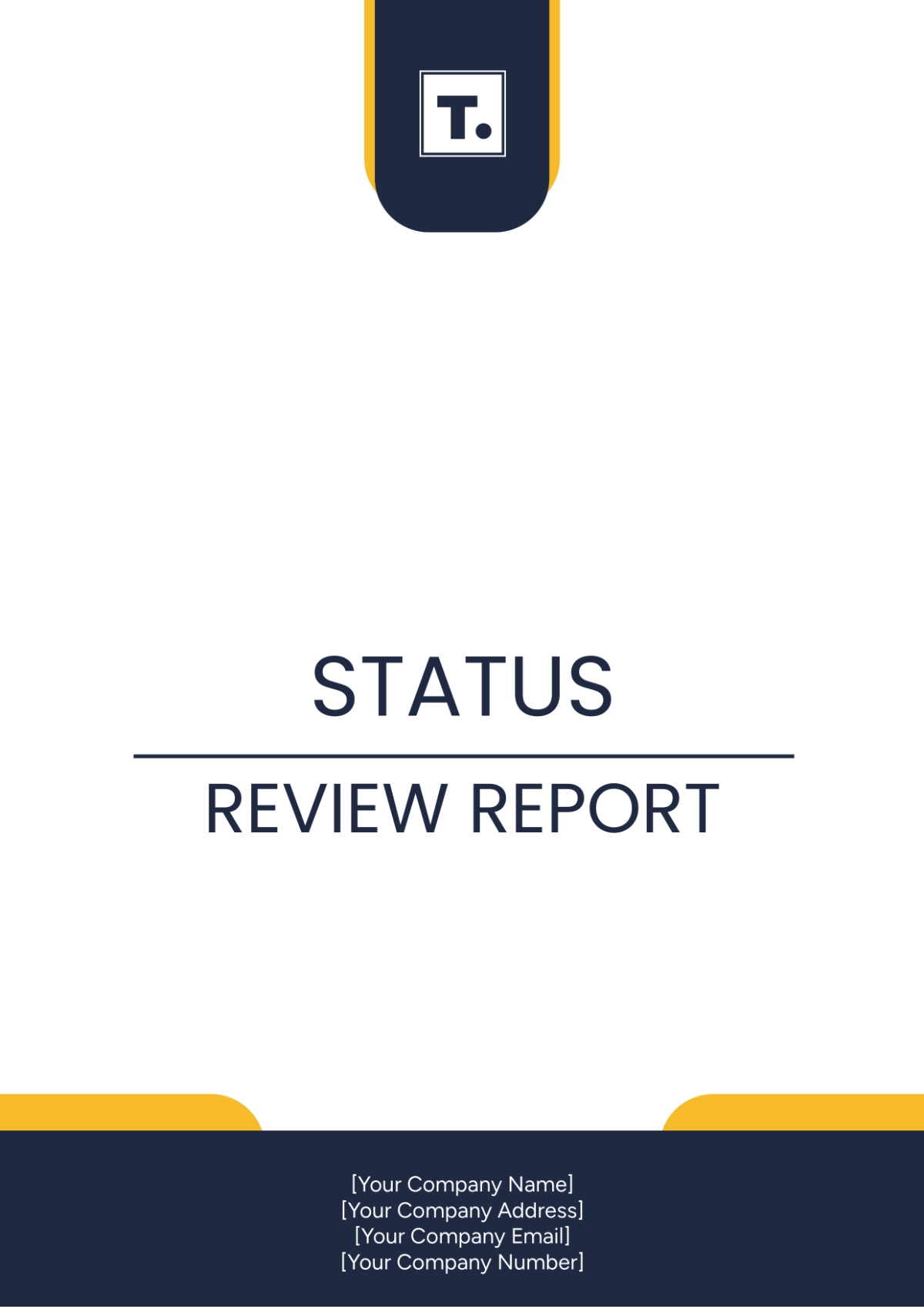Courier Service Tracking Report
Prepared by [Your Company Name]
Date: February 14, 2050
1. Introduction
The Courier Service Tracking Report aims to provide an in-depth analysis of courier deliveries for the year 2050. This comprehensive report highlights key delivery metrics, service performance, customer satisfaction, operational efficiencies, and ongoing challenges. As e-commerce continues to reshape the logistics landscape, understanding these factors becomes crucial for maintaining a competitive edge and ensuring customer loyalty.
Timely deliveries have become the cornerstone of consumer trust in the modern market. With the increase in online shopping and the rise of instant gratification, consumers expect their packages to arrive not just quickly, but reliably and with clear visibility into their delivery progress. [Your Company Name] has taken significant strides to leverage advanced tracking technologies to improve transparency and accountability. This document outlines delivery volumes, on-time delivery percentages, regional performance metrics, and other important service parameters that reflect our commitment to excellence.
The following sections will delve into the details of our tracking system, delivery metrics, regional performance, customer satisfaction, financial performance, and future improvements planned to enhance our services. This report is vital for stakeholders, partners, and customers seeking to understand the operational effectiveness of [Your Company Name] in 2050 and beyond.
2. Overview of Tracking System
2.1 Real-time Tracking Technology
By 2050, [Your Company Name] has adopted cutting-edge technologies such as GPS (Global Positioning System) and IoT (Internet of Things) sensors for real-time package tracking. These systems allow customers and internal teams to monitor the movement of parcels from origin to destination with pinpoint accuracy. Automated tracking updates are sent to both the sender and recipient via SMS, email, and the company’s mobile app. The accuracy of these technologies not only enhances customer experience but also streamlines our internal operations.
2.1.1 GPS Accuracy and Coverage
The GPS system used has an accuracy range of ±[1 meter], providing updates every [5 minutes]. This high level of accuracy allows for precise tracking of package movements, giving customers confidence in the delivery process. As part of our commitment to service, GPS is integrated with [100%] of our fleet across all regions, ensuring that every package is accounted for regardless of its location. This integration is particularly beneficial in urban areas where traffic can fluctuate, enabling real-time rerouting and updates to delivery timelines.
2.1.2 IoT Integration
Each package contains a unique IoT tag, which records data such as location, temperature, and handling conditions. This data is essential for high-value or sensitive items, ensuring they are delivered under optimal conditions. For instance, temperature-sensitive items such as pharmaceuticals and perishables are monitored continuously. In 2050, [Your Company Name] processed [2 million] shipments with IoT tags, highlighting our commitment to handling customer items with care and precision.
2.2 Tracking Platforms and User Accessibility
2.2.1 Customer Portal
Customers can access tracking information through [Your Company Name]’s online platform and mobile app. These platforms are user-friendly, designed to provide customers with quick access to vital information about their shipments. Users can:
View real-time location updates: Customers can see exactly where their package is at any given moment, adding peace of mind to their shopping experience.
Receive notifications for delays or deviations: In case of unexpected delays, customers are immediately informed, allowing them to plan accordingly.
Provide delivery preferences (e.g., specific time windows): This feature empowers customers to customize their delivery experience to better suit their schedules.
2.2.2 Automated Notifications
Tracking updates are sent at key milestones, including:
Package pickup: Customers receive confirmation as soon as their package is collected by our courier.
Arrival at sorting facility: Notifications are sent when the package arrives at our sorting hub, ensuring transparency in the logistics process.
Departure for final delivery: Customers are informed when their package is on the way to its final destination.
Successful delivery: Upon delivery, customers receive a confirmation notification along with a picture of the package at the delivery location for added security.
Users can choose to receive notifications via SMS, email, or app push notifications, with over [95%] of customers opting for at least one form of real-time communication. This high adoption rate reflects our effective communication strategy and enhances customer trust.
3. Delivery Metrics
3.1 Total Number of Shipments
In 2050, [Your Company Name] processed a total of [10.5 million] shipments. This substantial figure represents a [12%] increase compared to the previous year, driven by increased e-commerce demand and the expansion of international shipping routes. The following table provides a breakdown of deliveries by quarter, illustrating the growth trajectory throughout the year:
Quarter | Number of Shipments | % Change from Previous Quarter |
|---|---|---|
Q1 2050 | [2.5 million] | - |
Q2 2050 | [2.8 million] | [+12%] |
Q3 2050 | [2.7 million] | [-3.5%] |
Q4 2050 | [2.5 million] | [-7.4%] |
This steady increase indicates that [Your Company Name] is effectively meeting the growing demands of consumers who prefer the convenience of online shopping.
3.2 On-Time Delivery Performance
The on-time delivery rate reached [98%] for domestic shipments and [95%] for international shipments. The slight difference in percentages can be attributed to various factors, including cross-border regulatory processes and the inherent complexities of international logistics. The following chart outlines monthly on-time delivery percentages for 2050, demonstrating our commitment to maintaining high service levels throughout the year:
Month | On-Time Delivery (%) | Key Events Impacting Delivery |
|---|---|---|
January | [97.5] | Heavy snowfall in Northeast |
February | [98.0] | Normal conditions |
March | [97.8] | Flooding in Midwest |
April | [98.3] | Strong winds delaying flights |
May | [98.2] | Unusually warm weather |
June | [97.9] | Standard operations |
July | [98.1] | Summer storms in Southeast |
August | [98.4] | Peak shopping season |
September | [97.7] | Back-to-school surge |
October | [98.0] | Normal operations |
November | [98.1] | Early holiday shopping |
December | [98.0] | High volume of shipments |
3.2.1 Delivery Time Targets
Domestic deliveries were targeted to be completed within [2 days] for express services and [5 days] for standard services. The express service achieved an impressive on-time rate of [99%], while standard services reached [97%]. This performance showcases our effective operational strategies and dedication to meeting customer expectations. Additionally, we continuously monitor our delivery processes to identify bottlenecks and optimize our routes, ensuring that we maintain these high standards moving forward.
4. Regional Performance Metrics
4.1 Domestic Performance
The United States domestic market remains the largest for [Your Company Name], accounting for [60%] of total shipments. Key metrics for domestic operations in 2050 include:
Average Delivery Time: [1.9 days]
On-Time Delivery Rate: [98%]
Returns Due to Failed Delivery: [0.5%]
The company achieved high levels of efficiency in urban areas, where [70%] of deliveries are completed within [24 hours]. This efficiency is due to our strategic placement of sorting facilities and our utilization of local couriers who are familiar with their regions.
4.2 International Performance
International shipping volumes have significantly increased, with the following regions seeing substantial growth:
Europe: [25%] of international shipments
Asia-Pacific: [45%] of international shipments
South America: [10%] of international shipments
Other Regions: [20%] of international shipments, including the Middle East and Africa.
4.2.1 European Market
In Europe, [Your Company Name] maintains a partnership network with regional couriers, reducing delivery times by [15%] on average. This collaborative approach has enabled us to offer faster service at competitive rates. Average delivery time in Europe is [4 days], with an on-time performance of [96%]. Key countries with high shipment volumes include Germany, France, and the United Kingdom.
4.2.2 Asia-Pacific Market
The Asia-Pacific region has seen the fastest growth, driven by increasing e-commerce demand and a burgeoning middle class. Average delivery time is [6 days], and the on-time rate is [94%], slightly lower due to customs delays and remote delivery areas. Countries such as China, India, and Australia are leading the charge, with significant investment in logistics infrastructure contributing to our growing market share.
4.2.3 Regional Challenges
Several challenges persist within our international operations:
Customs delays in Asia and South America impacted [5%] of deliveries, primarily due to varying regulations and documentation requirements.
Weather-related disruptions were noted in [8%] of European shipments, causing delays in regions particularly susceptible to severe weather conditions.
Infrastructure limitations in developing countries continue to pose obstacles for timely deliveries, with remote areas often experiencing prolonged delivery times.
To mitigate these challenges, [Your Company Name] is actively engaging with local governments and customs authorities to streamline processes and improve overall efficiency.
5. Customer Satisfaction Metrics
5.1 Survey Overview
Customer satisfaction remains a top priority for [Your Company Name]. In 2050, we conducted quarterly surveys to gauge customer sentiment, collecting feedback from over [100,000] respondents. Key metrics derived from these surveys include:
Overall Satisfaction Rate: [90%]
Net Promoter Score (NPS): [+60]
Customer Service Satisfaction: [92%]
These high satisfaction rates indicate that our customers value the quality of service they receive, including timely deliveries and responsive customer support.
5.2 Common Customer Feedback Themes
5.2.1 Positive Feedback
Timeliness of Deliveries: Customers expressed appreciation for our commitment to on-time delivery. Many noted that their packages consistently arrived within the promised timeframe.
Ease of Use: The user-friendly tracking system received positive remarks, with many customers highlighting the convenience of real-time updates.
5.2.2 Areas for Improvement
International Shipping Costs: Some customers voiced concerns over high international shipping fees. To address this, [Your Company Name] is exploring options to optimize shipping rates without compromising service quality.
Customer Service Response Times: While customer service satisfaction is high, a small percentage of respondents indicated a desire for quicker response times during peak periods. In response, we have begun implementing additional training for customer service representatives to enhance efficiency.
5.3 Customer Retention Strategies
To further improve customer loyalty and satisfaction, [Your Company Name] has implemented several retention strategies:
Loyalty Programs: In 2050, we launched a new rewards program that offers discounts and incentives for repeat customers. Early adopters of the program reported a [30%] increase in satisfaction with shipping costs.
Personalized Communications: Tailored messages based on customer preferences and past orders have proven effective in enhancing engagement.
Feedback Channels: Regular feedback opportunities, including follow-up surveys and direct outreach, have enabled us to continually refine our services based on customer needs.
6. Financial Performance
6.1 Revenue Growth
In 2050, [Your Company Name] reported total revenues of [$1.5 billion], a [15%] increase compared to the previous year. This growth can be attributed to several factors:
Increased shipment volumes driven by the expansion of e-commerce.
The successful introduction of value-added services such as same-day delivery and premium shipping options.
Cost optimizations resulting from enhanced operational efficiencies, leading to reduced overhead expenses.
6.2 Cost Analysis
The following table provides a breakdown of key costs associated with our operations:
Cost Category | 2050 ($) | 2051 ($) | 2052 ($) | 2053 ($) | 2054 ($) | 2055 ($) |
|---|---|---|---|---|---|---|
Operational Costs | [$700 million] | [$730 million] | [$800 million] | [$850 million] | [$900 million] | [$950 million] |
Technology Investments | [$100 million] | [$120 million] | [$130 million] | [$150 million] | [$170 million] | [$200 million] |
Marketing Expenses | [$50 million] | [$55 million] | [$60 million] | [$70 million] | [$75 million] | [$80 million] |
This data illustrates the consistent rise in operational costs, primarily driven by increasing wages, fuel prices, and investments in technology to enhance tracking and service capabilities.
6.3 Profit Margins
Our overall profit margin for 2050 was reported at [20%]. While this is a slight decrease from the previous year due to higher operational costs, the company remains on solid footing with strong revenue growth. We expect profit margins to stabilize in the coming years as technology investments begin to yield efficiencies and customer retention efforts enhance sales volumes.
7. Future Improvements and Innovations
7.1 Technological Advancements
[Your Company Name] is committed to staying ahead of the curve in technology adoption. Plans for 2051 include:
Enhanced AI Integration: Implementing AI-driven algorithms to optimize route planning and reduce delivery times by an estimated [10%].
Drone Deliveries: Expanding our pilot program for drone deliveries in urban areas, which is expected to significantly cut down on delivery times and costs.
7.2 Sustainable Practices
In response to increasing consumer demand for sustainability, [Your Company Name] is investing in green initiatives. Key initiatives include:
Electric Vehicle Fleet: By 2051, we plan to transition [50%] of our delivery vehicles to electric models, reducing our carbon footprint.
Recycling Programs: Implementing robust recycling programs for packaging materials to minimize waste and promote environmental responsibility among customers.
7.3 Training and Development
Employee training will remain a cornerstone of our operational excellence. In 2051, [Your Company Name] will enhance training programs to focus on:
Customer Service Excellence: Further empowering our teams to deliver exceptional service through continuous education and training.
Safety Protocols: Ensuring that all employees are equipped with the knowledge and skills to maintain safety and security in their roles.
8. Conclusion
The Courier Service Tracking Report for 2050 highlights [Your Company Name]’s unwavering commitment to delivering exceptional service in an ever-evolving landscape. With a strong focus on technology, customer satisfaction, and operational efficiency, we are well-positioned to meet the growing demands of our customers.
Looking ahead, our investments in technology, sustainability, and employee training will be critical to maintaining our market leadership. As we continue to adapt and innovate, [Your Company Name] remains dedicated to enhancing the customer experience, improving our services, and ensuring reliable, timely deliveries.
The insights and data presented in this report serve as a testament to our commitment to excellence, transparency, and continuous improvement. [Your Company Name] will continue to set the standard in the courier and logistics industry, ensuring that we not only meet but exceed the expectations of our valued customers.
